Elevate Your Home's Value and Aesthetics with Marble and Travertine Flooring

Investing in your home's flooring can significantly enhance its appeal and resale value. Natural stone options like marble and travertine offer timeless elegance and durability, making them a worthwhile consideration for homeowners seeking a sophisticated upgrade. These materials bring a unique character to any space, contributing to both immediate enjoyment and long-term investment.
Key Takeaways
- Marble and travertine offer timeless elegance and can increase home value.
- Both are natural stones with matte finishes and subtle variations.
- Travertine is generally less expensive than marble but requires more frequent sealing.
- Proper maintenance is crucial for preserving the beauty and longevity of natural stone floors.
The Allure of Natural Stone
Marble and travertine are prized for their natural beauty, featuring matte appearances and subtle variations that exude a sophisticated, timeless feel. Unlike the high-gloss shine of granite or marble, these stones offer a more understated luxury. Travertine, in particular, comes in various natural shades, allowing for diverse design possibilities, from timeworn grandeur to rustic coziness.
Understanding Limestone and Travertine
Both limestone and travertine are sedimentary rocks formed from minerals and compressed organic matter. Limestone is composed of minerals and shells, sometimes visible in the final product, while travertine forms around hot springs. Both typically come in muted, neutral colors, making them versatile for various design styles. Their veining is generally less pronounced than that of marble or granite, resulting in a smooth surface with a subtle texture.
Where to Use Marble and Travertine
These stones are excellent choices for flooring, especially in bathrooms, as their matte finish can make them less slippery when wet. They can also be used outdoors as pavers, remaining cool underfoot in warm weather. Limestone is often considered a better choice for most flooring scenarios due to its slightly greater durability and lower maintenance compared to travertine, which may require filling its naturally occurring holes for easier cleaning.
Maintenance and Upkeep
Natural stone requires specific care. Limestone typically needs sealing every three to four years, while travertine requires it every one to three years. Both are porous and can absorb liquids, making regular sealing essential to prevent stains and etching. Using pH-neutral cleaners is recommended, and acidic substances like vinegar should be avoided, especially with marble. Despite the maintenance, with proper care, these stones can enhance a home's beauty for years.
Cost and Value
Travertine is considered a mid-range stone, averaging around $15 per square foot for materials and labor, making it more affordable than marble (around $20 per square foot) but more expensive than laminate. While the initial investment is higher, the durability and aesthetic appeal of natural stone can significantly boost a home's resale value, offering a long-term return on investment.
Sources
- 6 Flooring Upgrades That Are Worth The Extra Cost (And 3 To Skip), House Digest.
- Limestone Surfaces Project an Old World Vibe for a Modern Home, Better Homes & Gardens.
- Travertine Flooring Pros and Cons, The Spruce.

 Best Selling Marble Collections
Best Selling Marble Collections
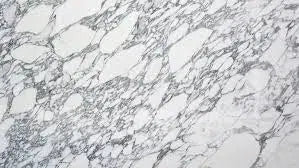 Arabescato Corchia
Arabescato Corchia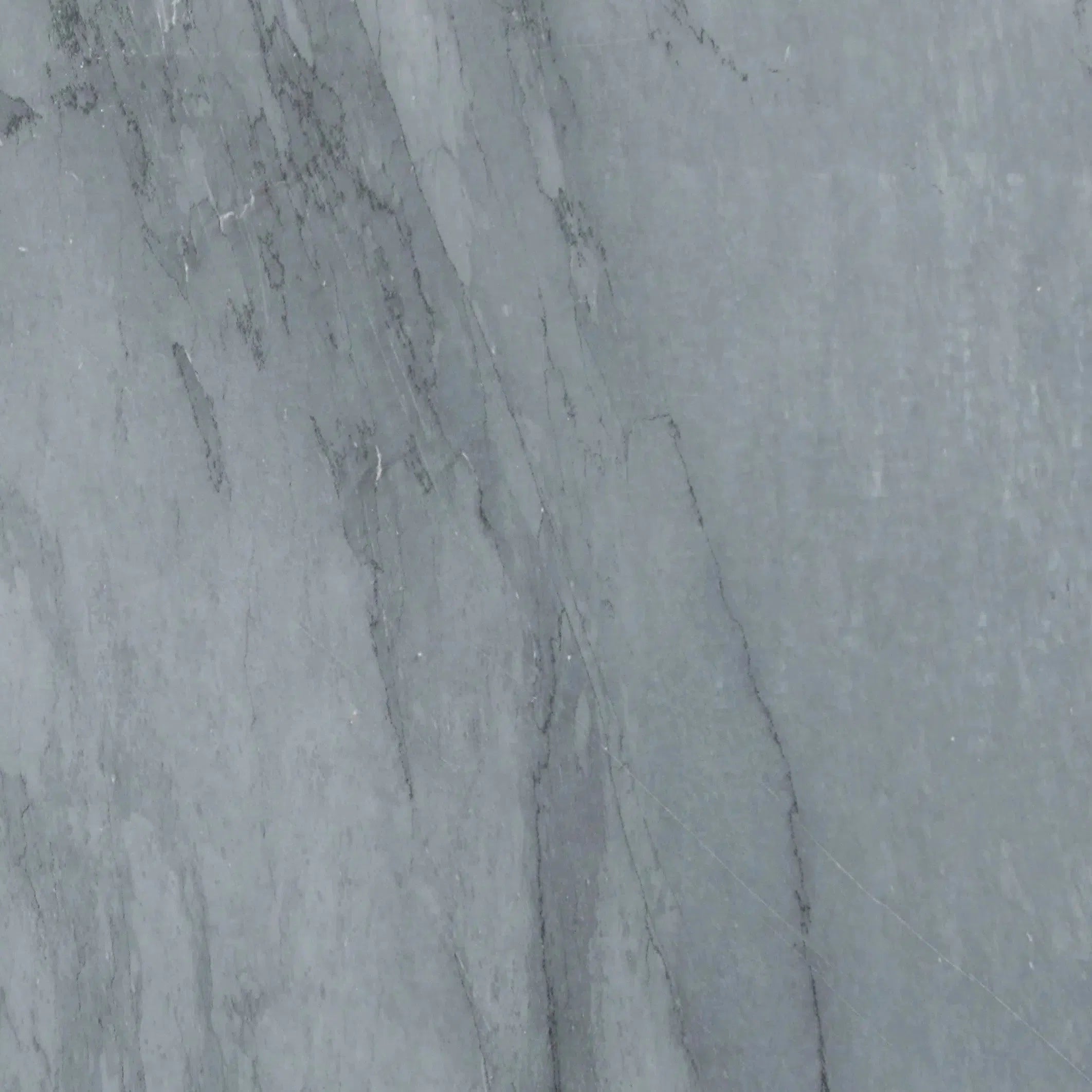 Bardiglio
Bardiglio Bianco Dolomite
Bianco Dolomite 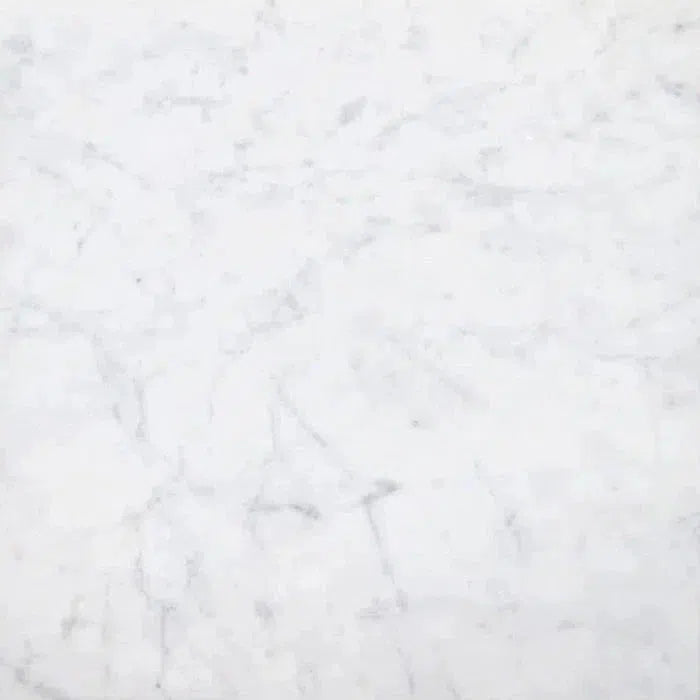 Carrara White
Carrara White 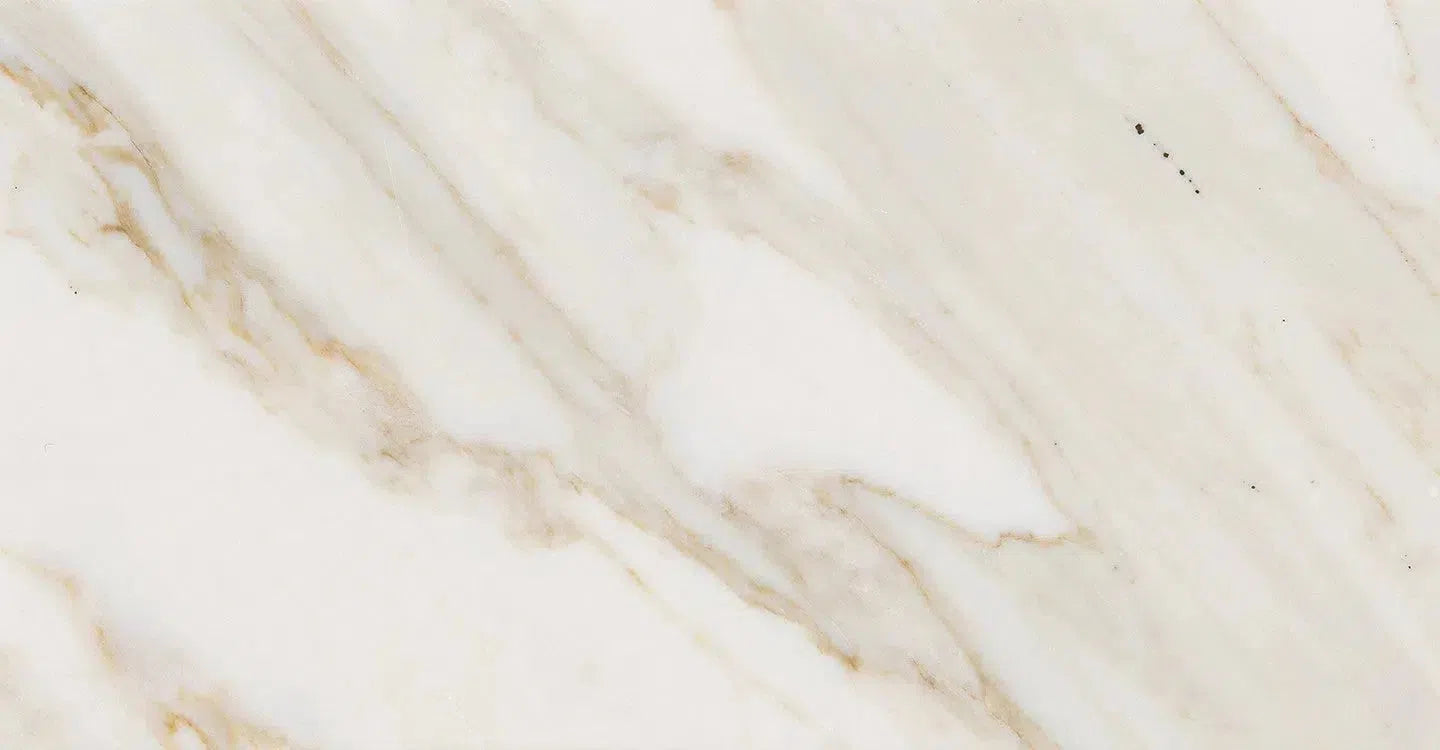 Calacatta Gold
Calacatta Gold Crema Marfil
Crema Marfil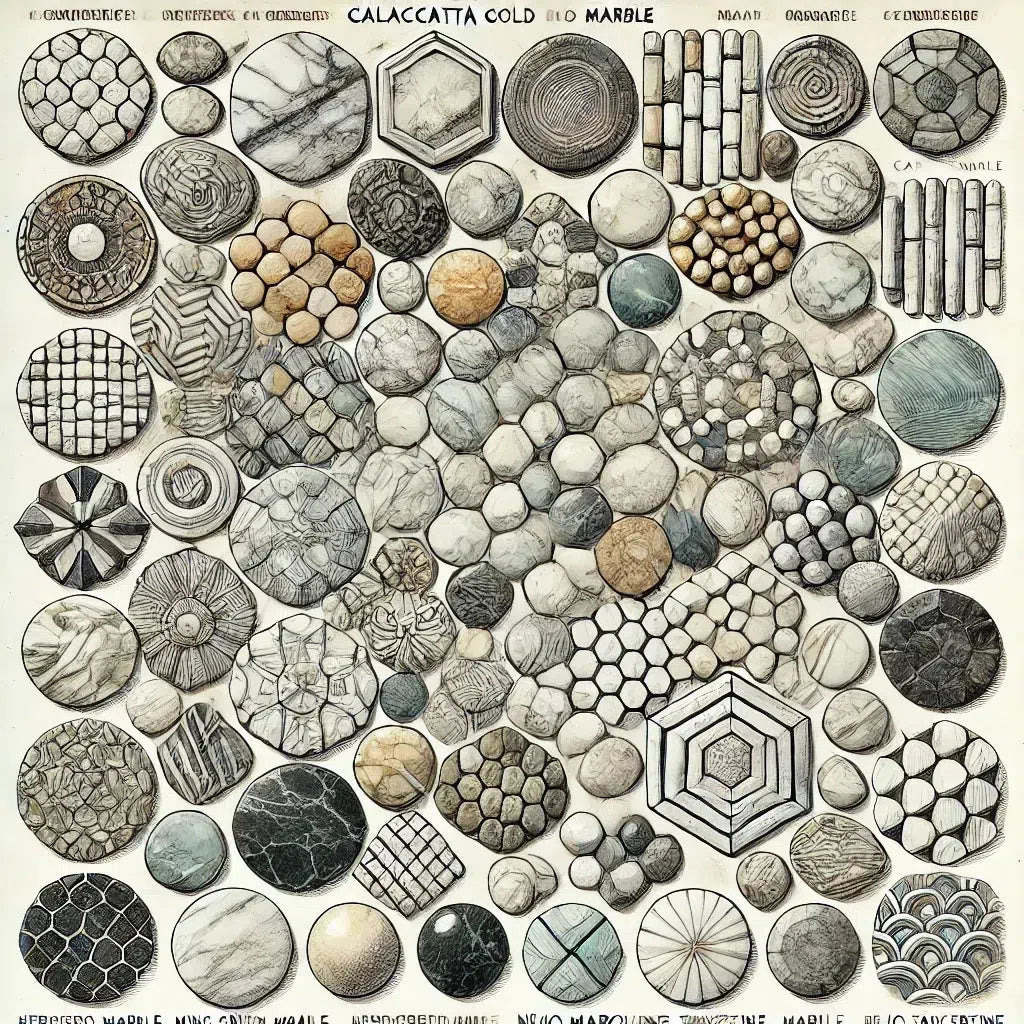 Custom Made Mosaic
Custom Made Mosaic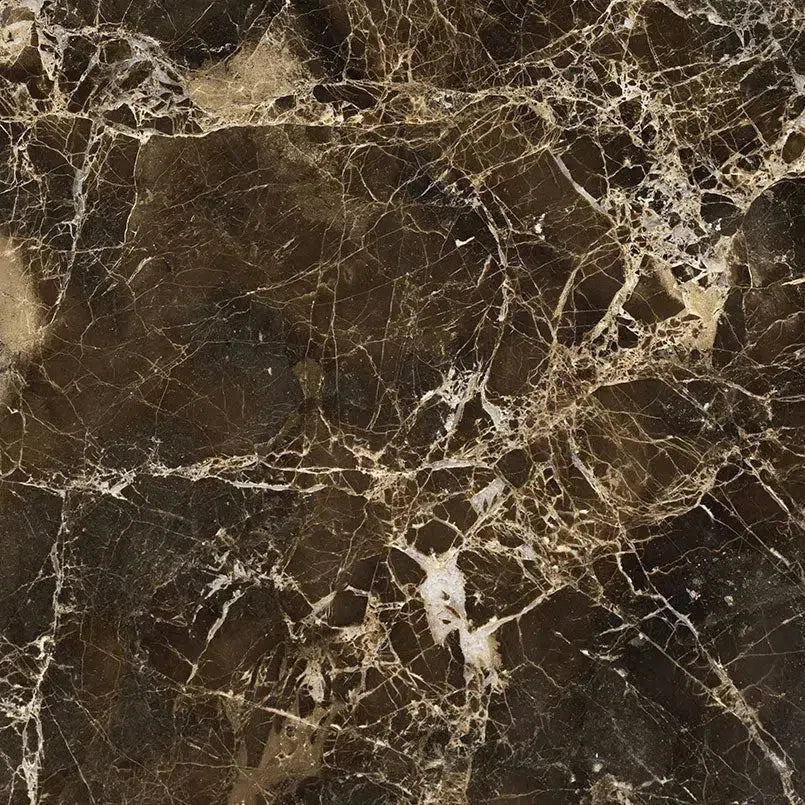 Emperador Dark
Emperador Dark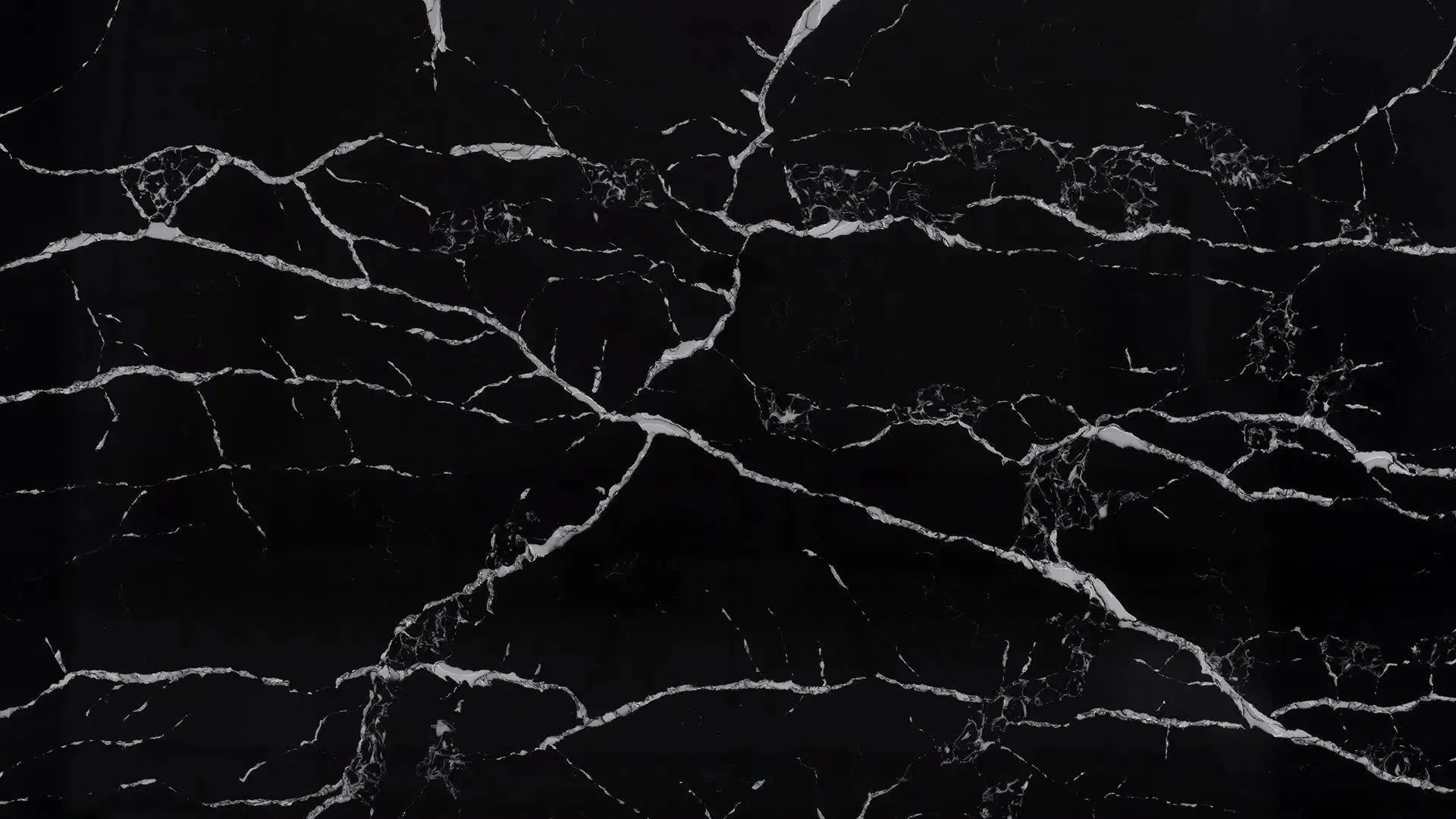 Nero Marquina
Nero Marquina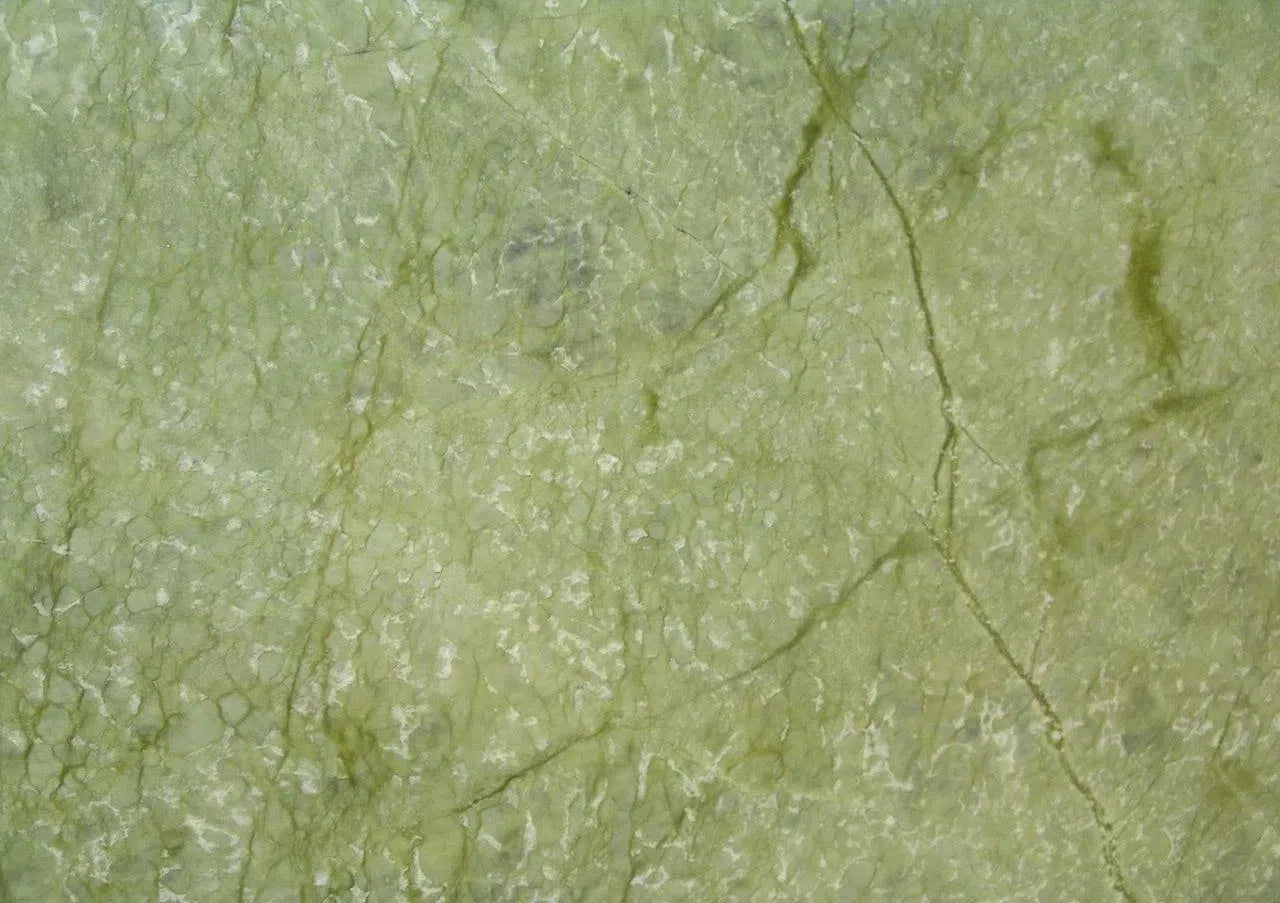 Ming Green Marble
Ming Green Marble Oriental White Marble (Asian Statuary Marble)
Oriental White Marble (Asian Statuary Marble)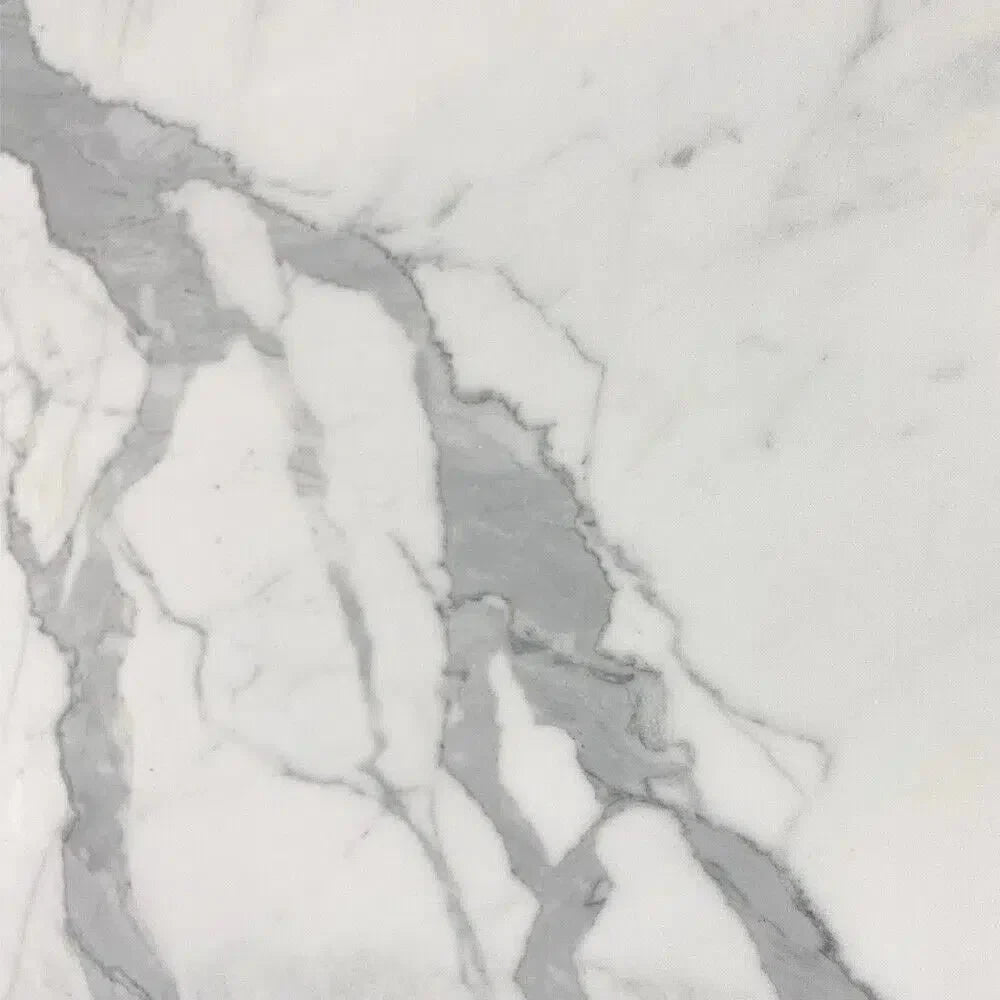 Statuary - Statuario White (Italian) Marble
Statuary - Statuario White (Italian) Marble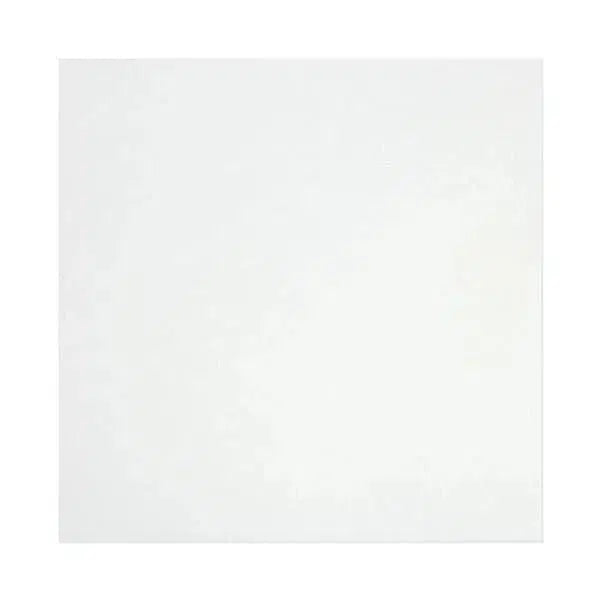 Thassos White
Thassos White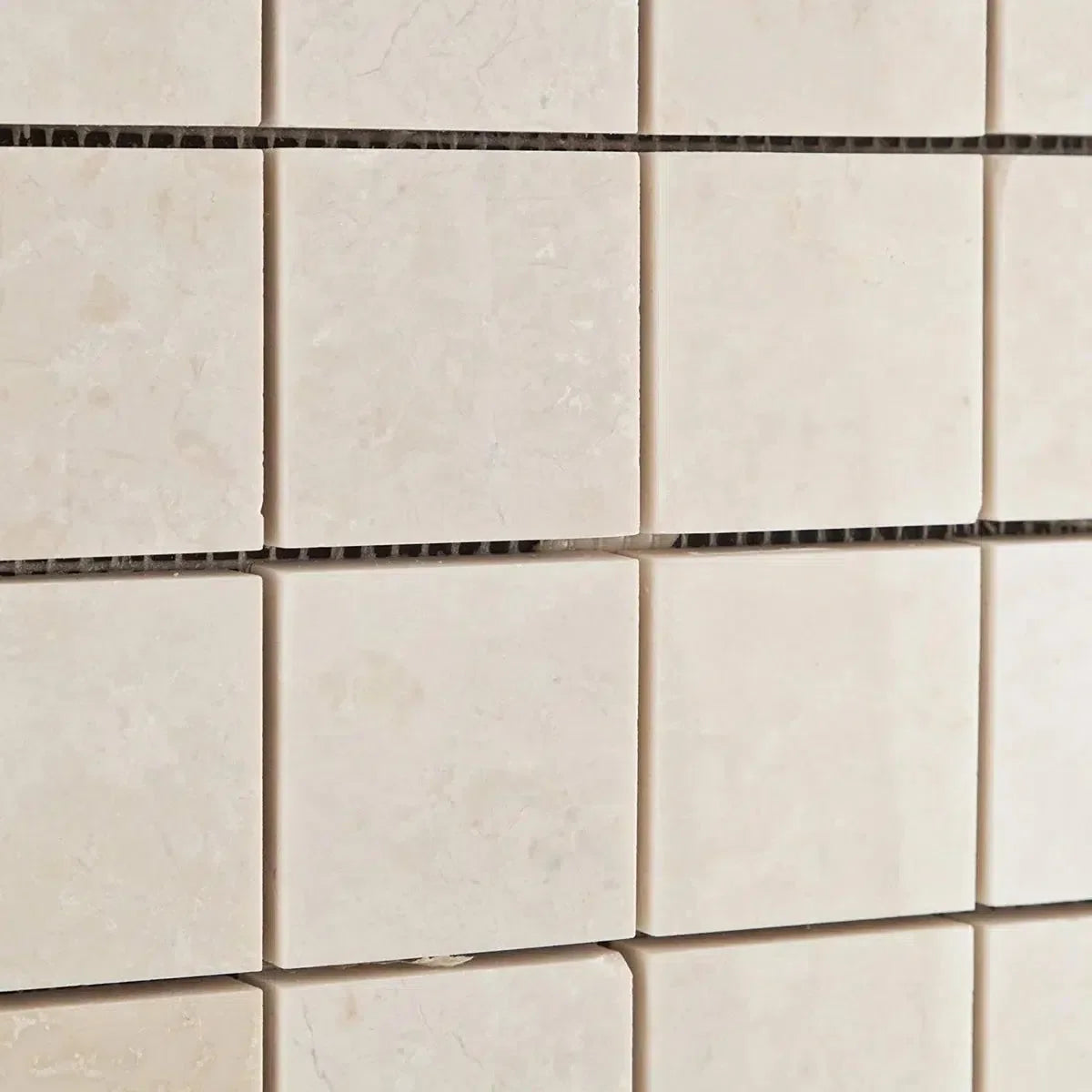 White Pearl/Botticino Beige Marble
White Pearl/Botticino Beige Marble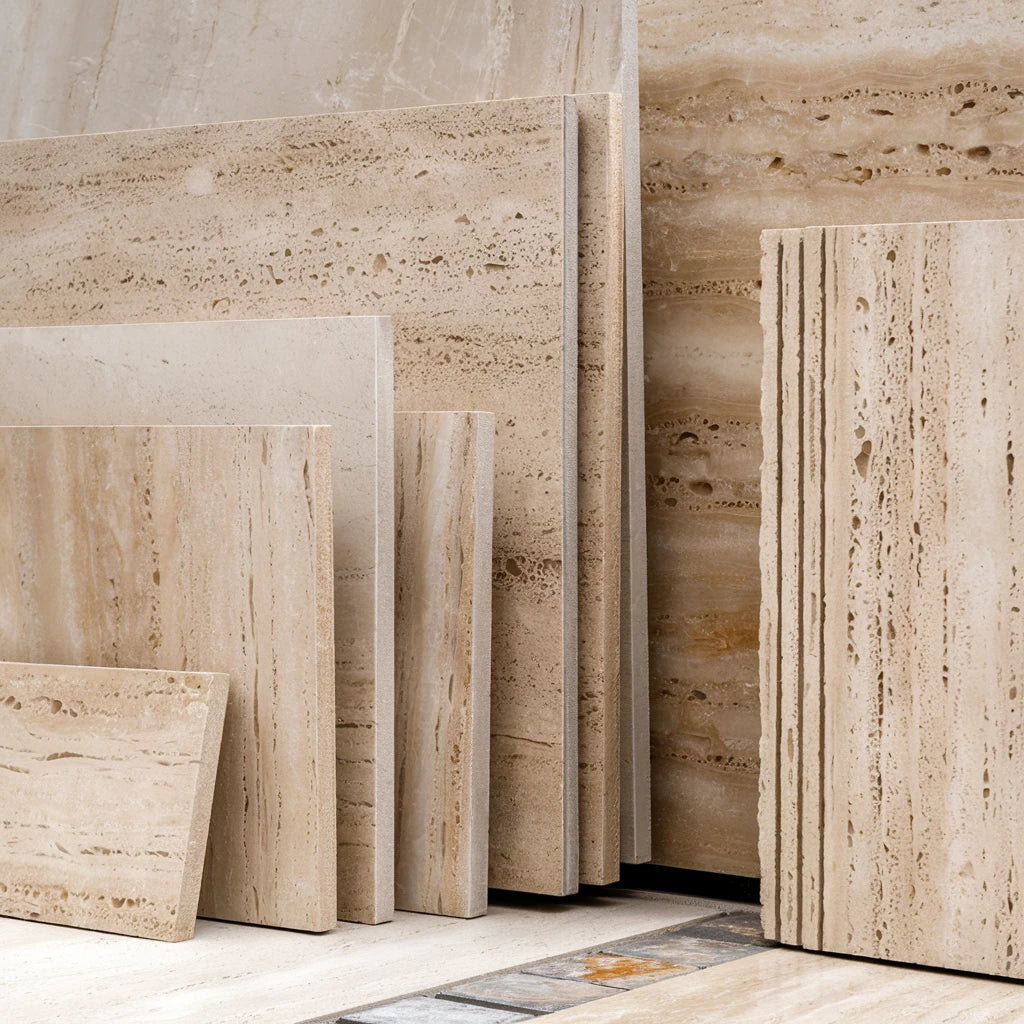 Best Selling Travertine Collections
Best Selling Travertine Collections
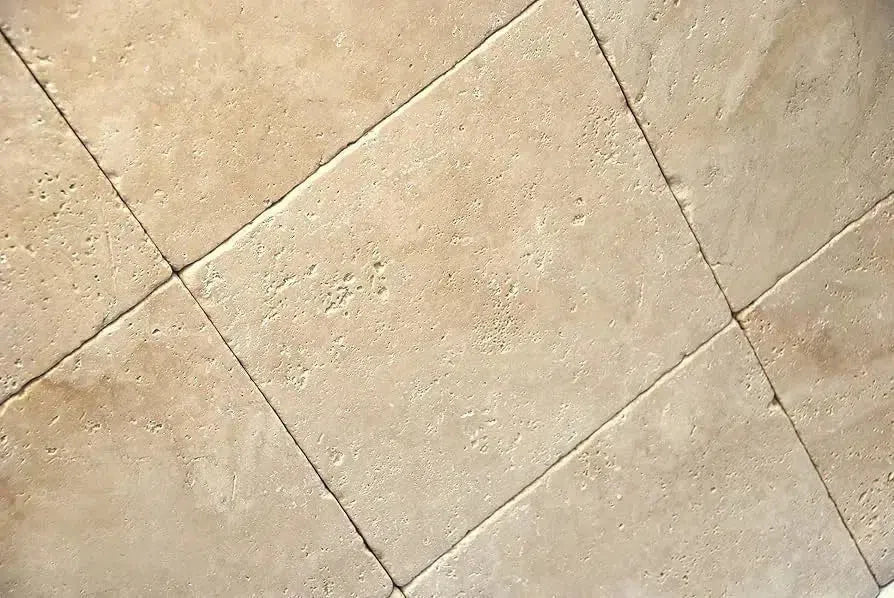 Ivory Travertine
Ivory Travertine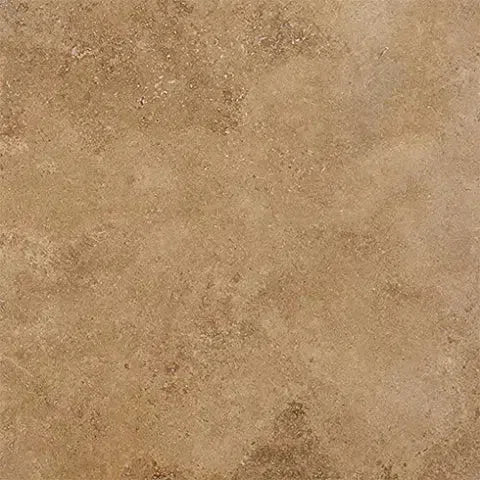 Noce Travertine
Noce Travertine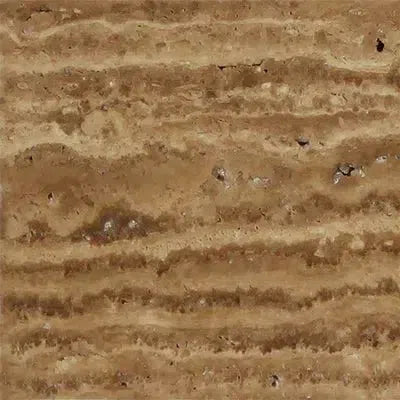 Exotic Noce Travertine
Exotic Noce Travertine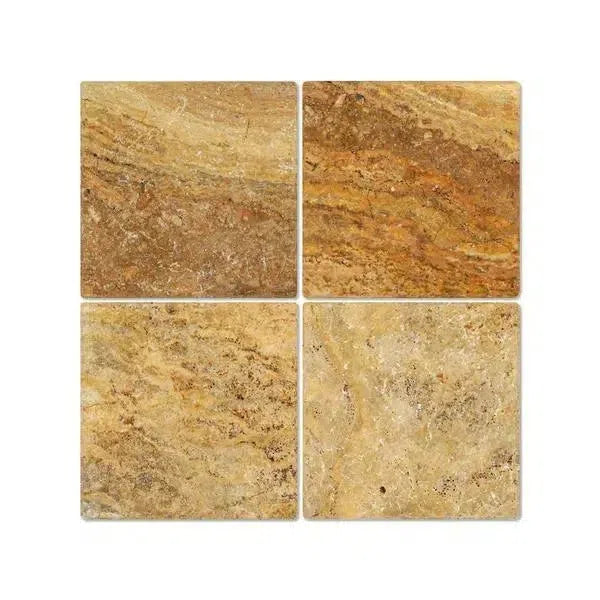 Scabos | Autumn Leaves Travertine
Scabos | Autumn Leaves Travertine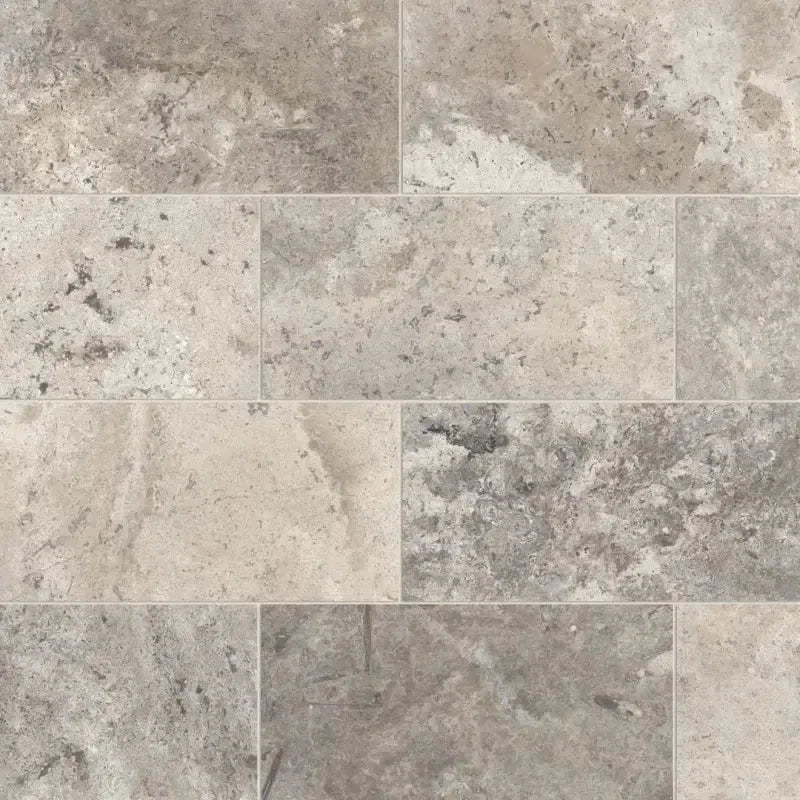 Silver Travertine
Silver Travertine Exotic Travertine
Exotic Travertine Checkerboard
Checkerboard
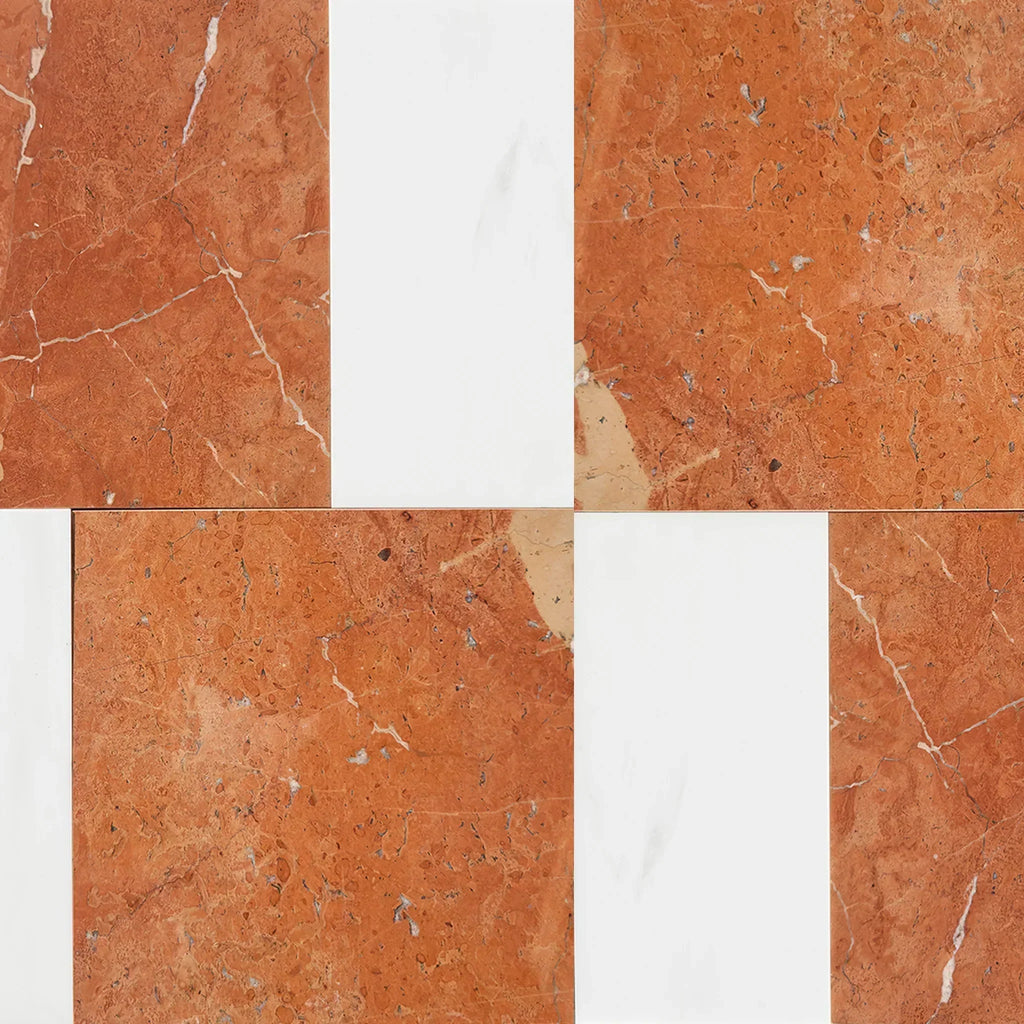 Patterned Tile
Patterned Tile
 Shop By Material
Shop By Material
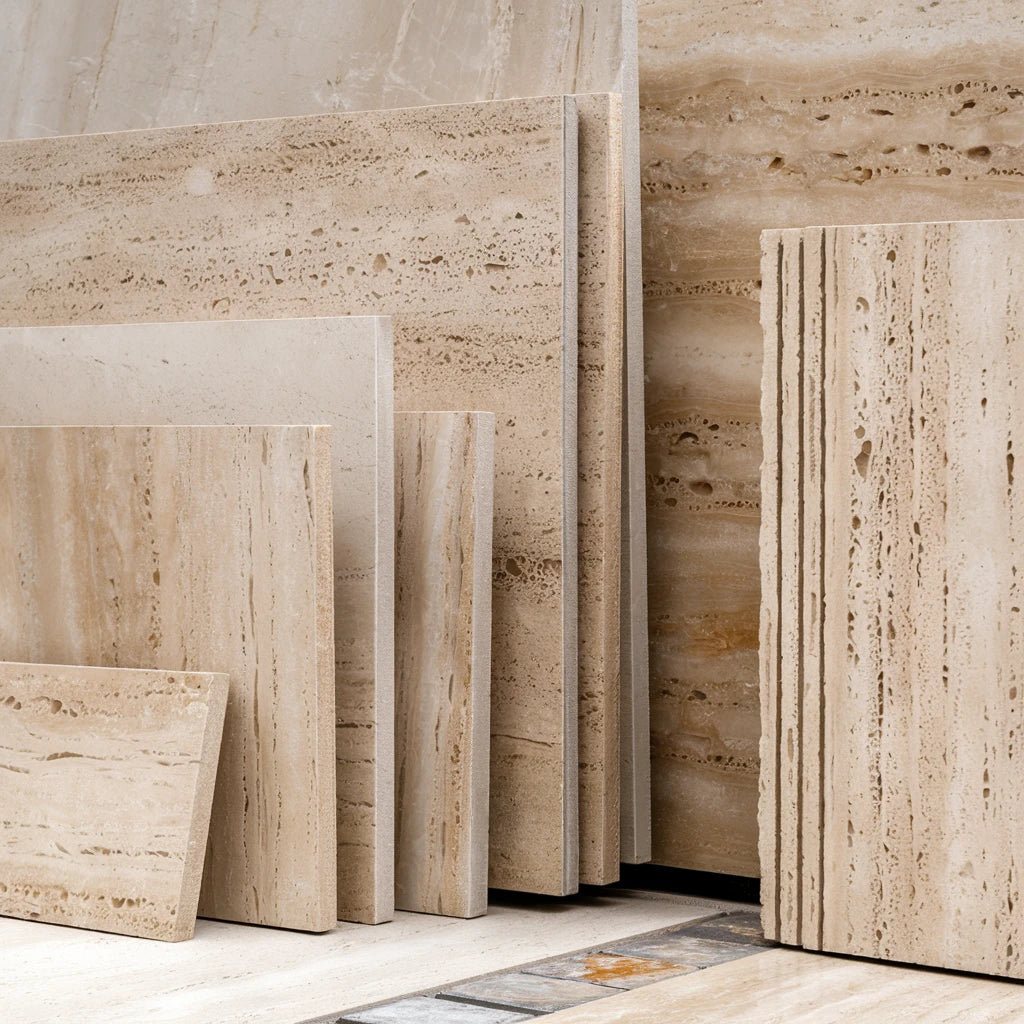 Travertine
Travertine Marble
Marble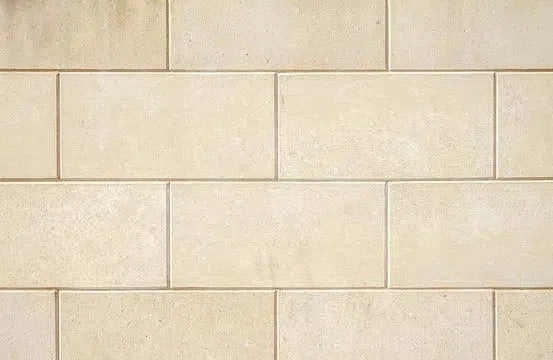 Limestone
Limestone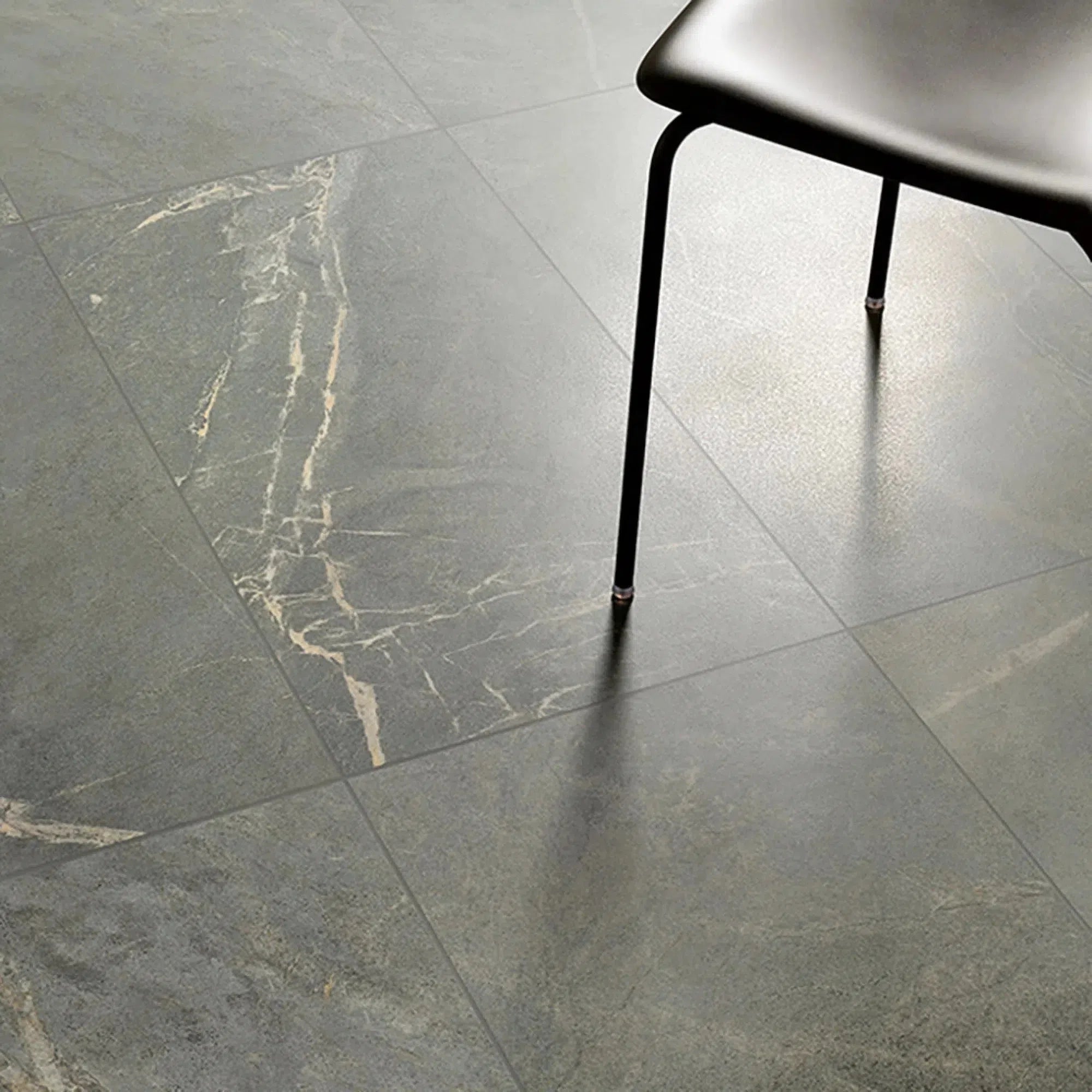 Soap Stone
Soap Stone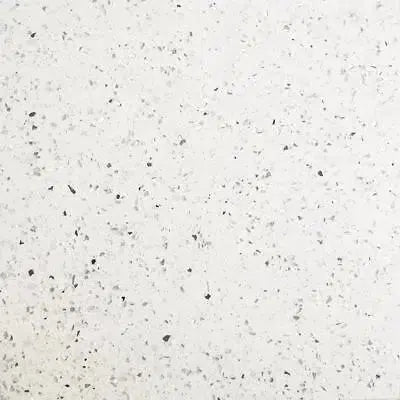 Quartz
Quartz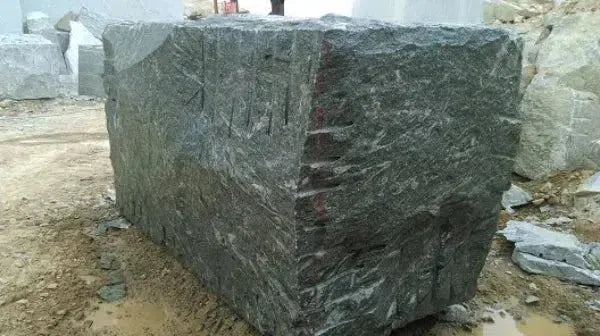 Granite
Granite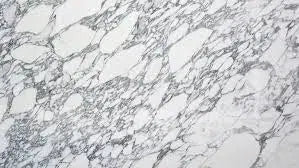 Shop By Name
Shop By Name
 Absolute Black Granite
Absolute Black Granite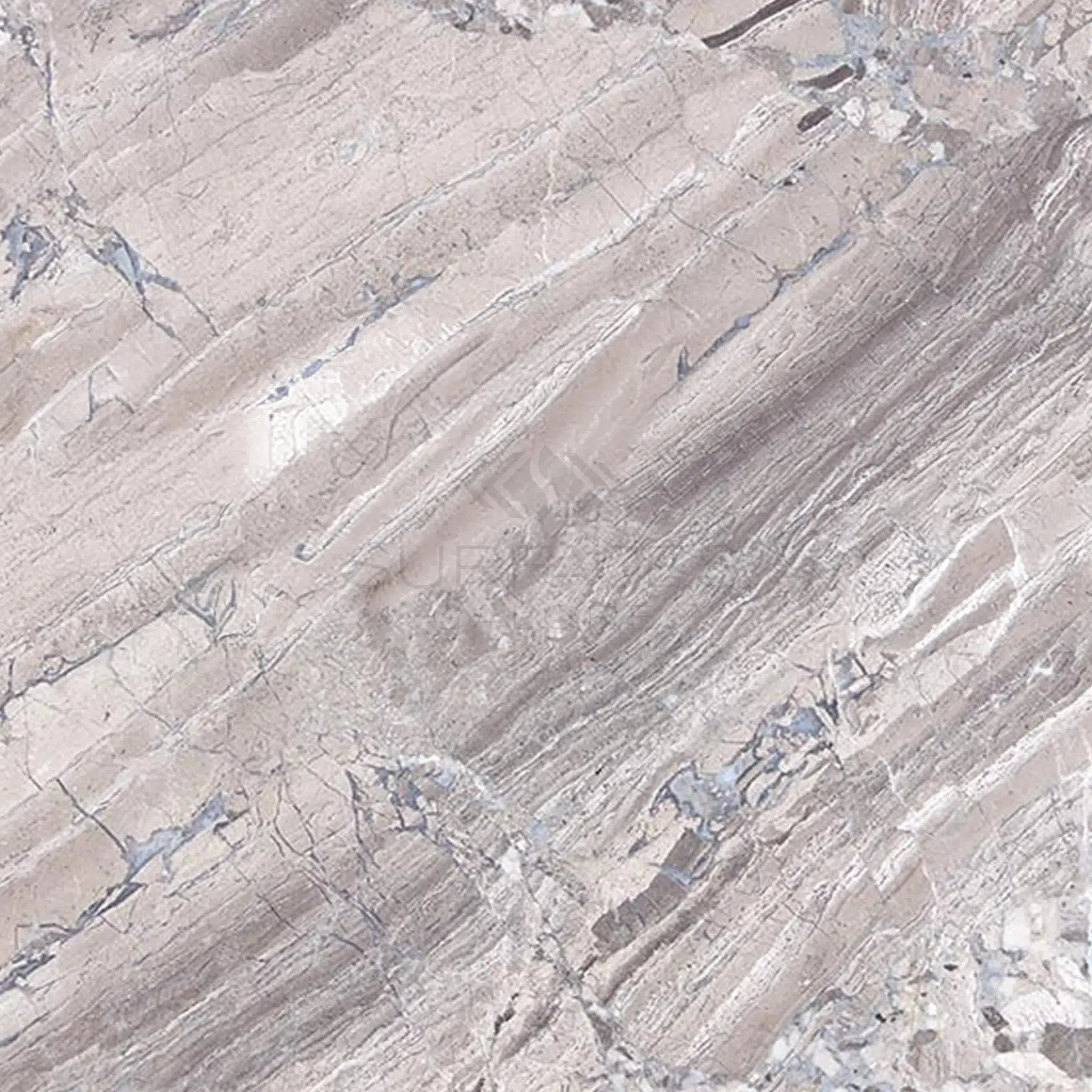 Atlantic Gray Marble
Atlantic Gray Marble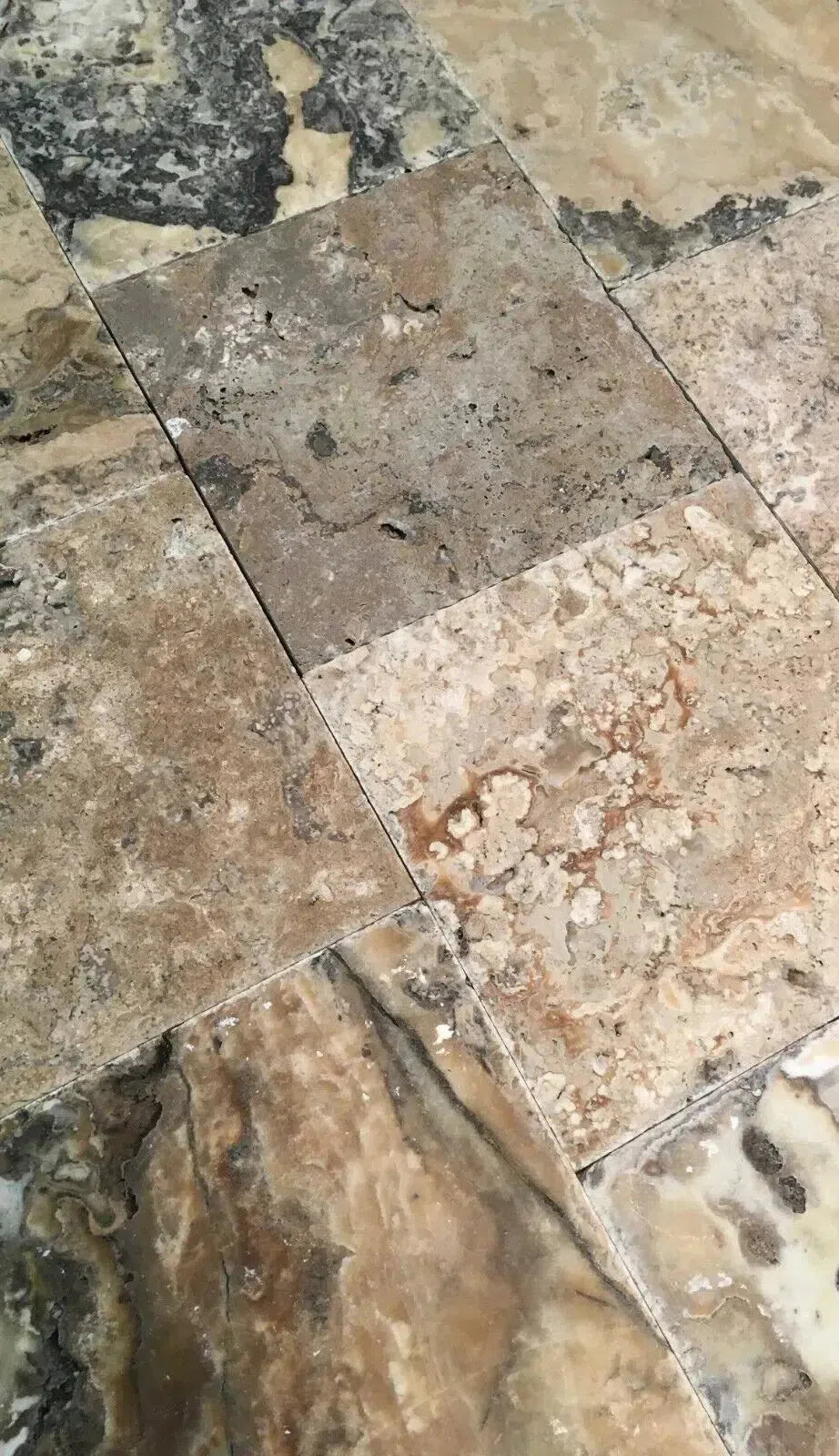 Antico Onyx Travertine
Antico Onyx Travertine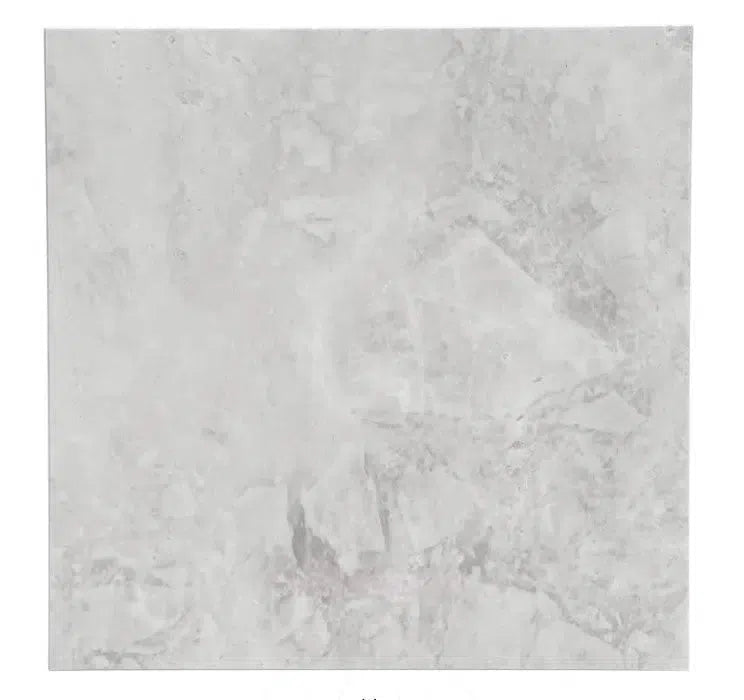 Bianco Congelato Dolomite
Bianco Congelato Dolomite Bianco Venatino (Bianco Mare) Marble
Bianco Venatino (Bianco Mare) Marble Burgundy Mocha Marble
Burgundy Mocha Marble Calacatta Verde Royale Marble
Calacatta Verde Royale Marble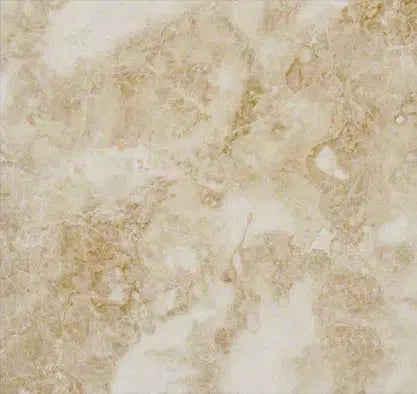 Cappuccino Marble
Cappuccino Marble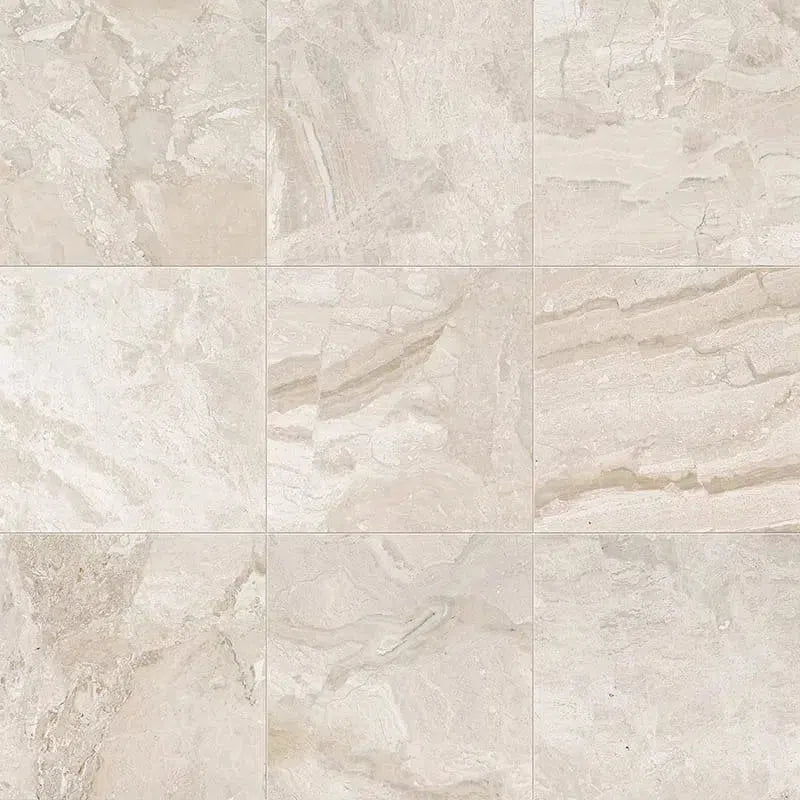 Diano Royal (Queen Beige) Marble
Diano Royal (Queen Beige) Marble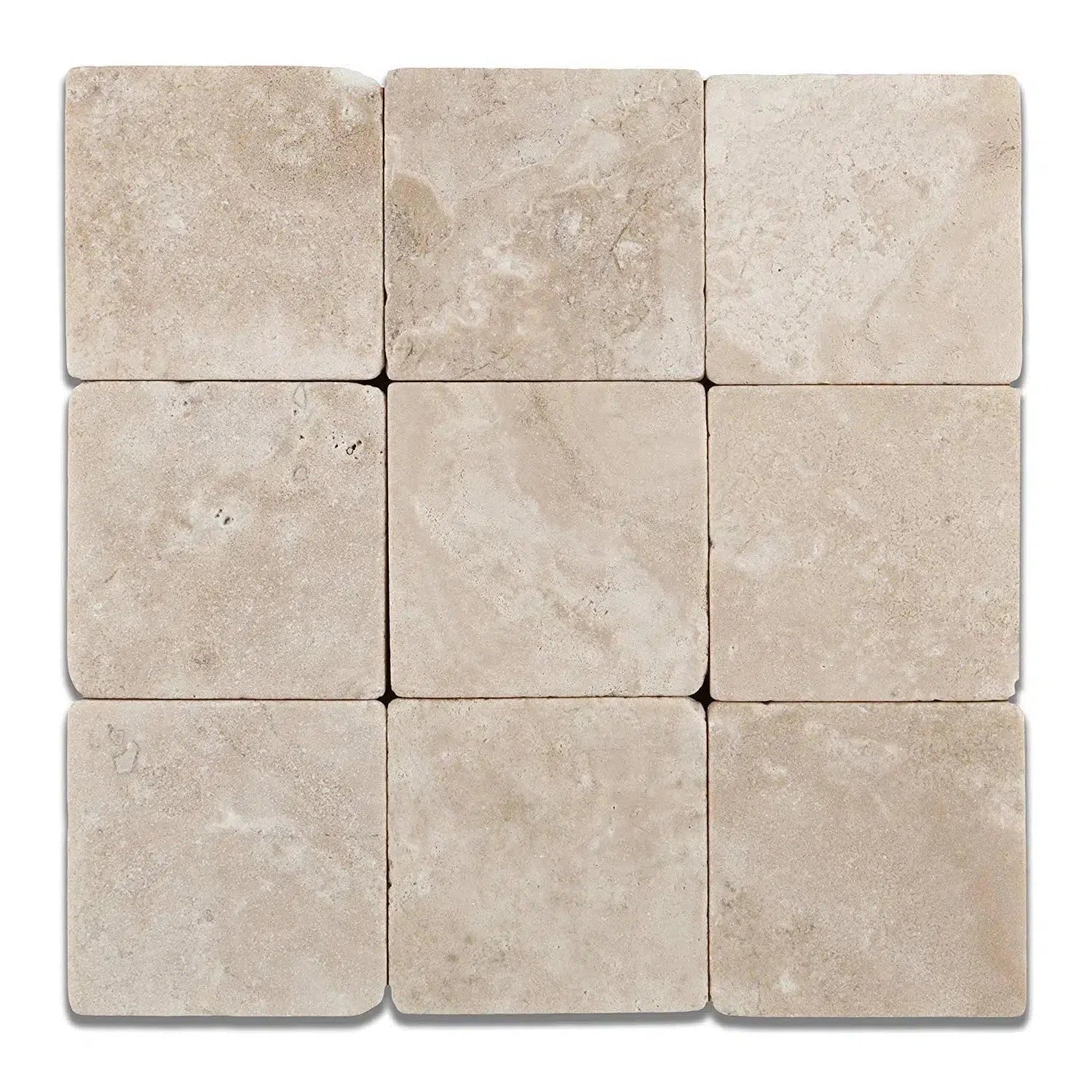 Durango Cream Traverine
Durango Cream Traverine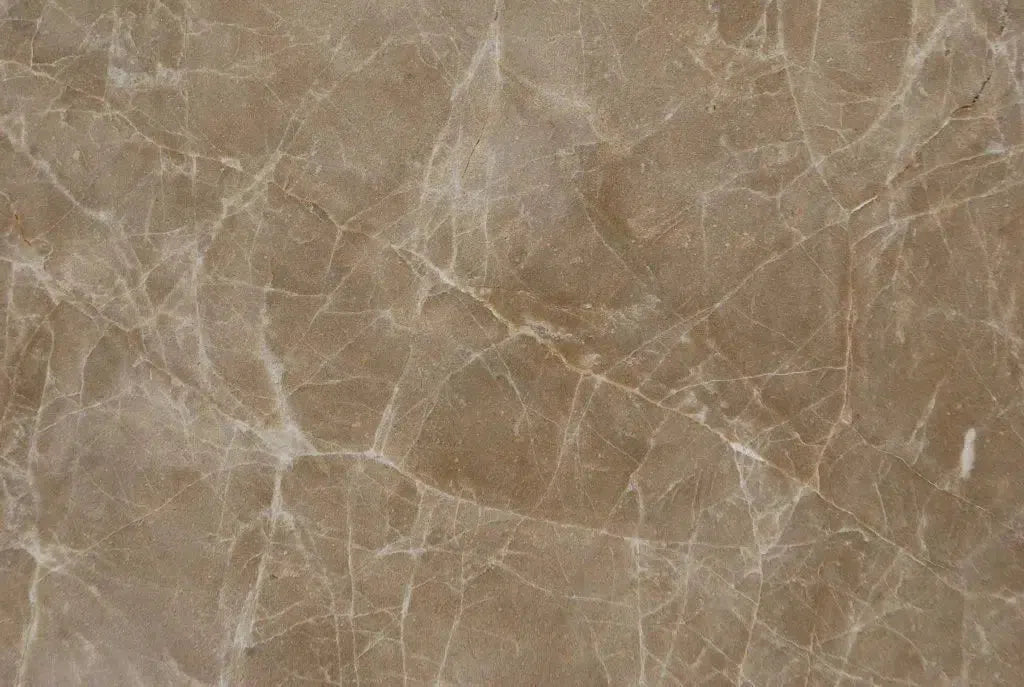 Emperador Light Marble
Emperador Light Marble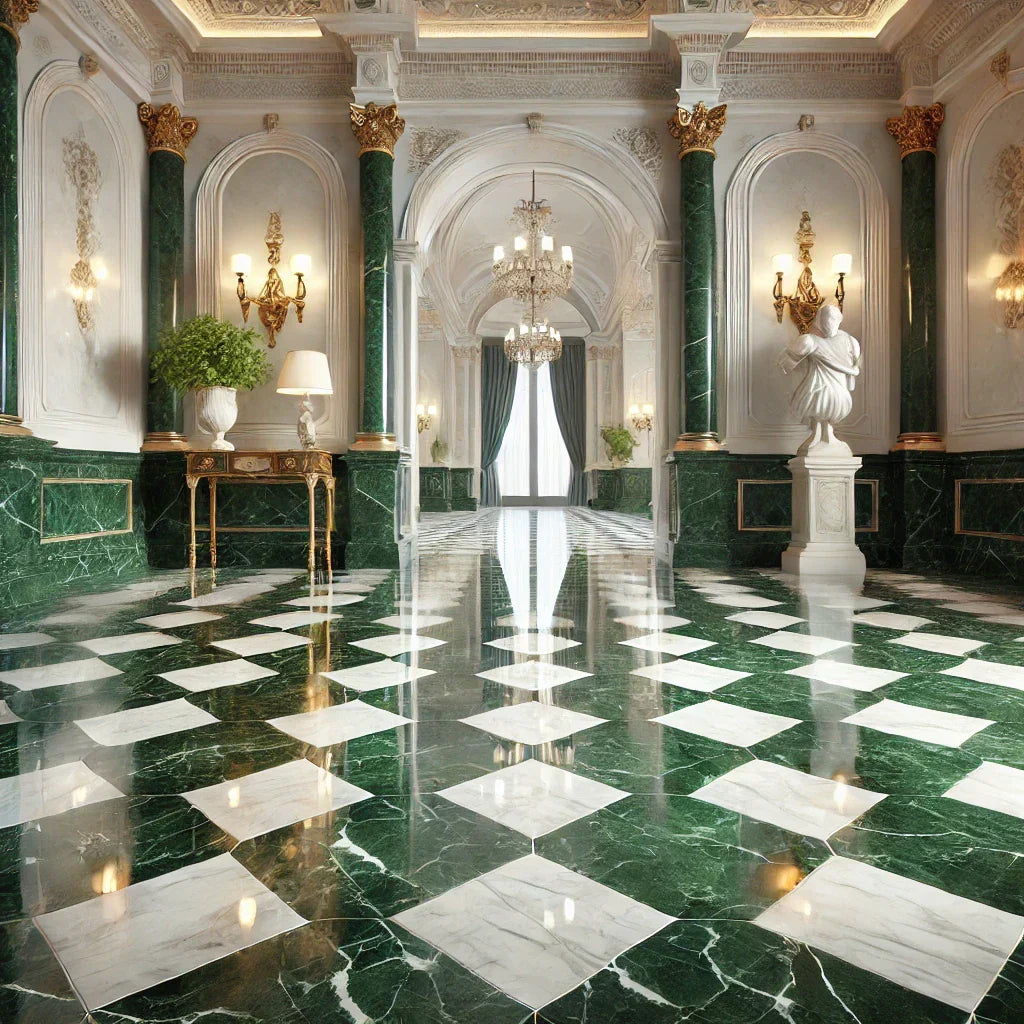 Empress Green Marble
Empress Green Marble Gold/Yellow Travertine
Gold/Yellow Travertine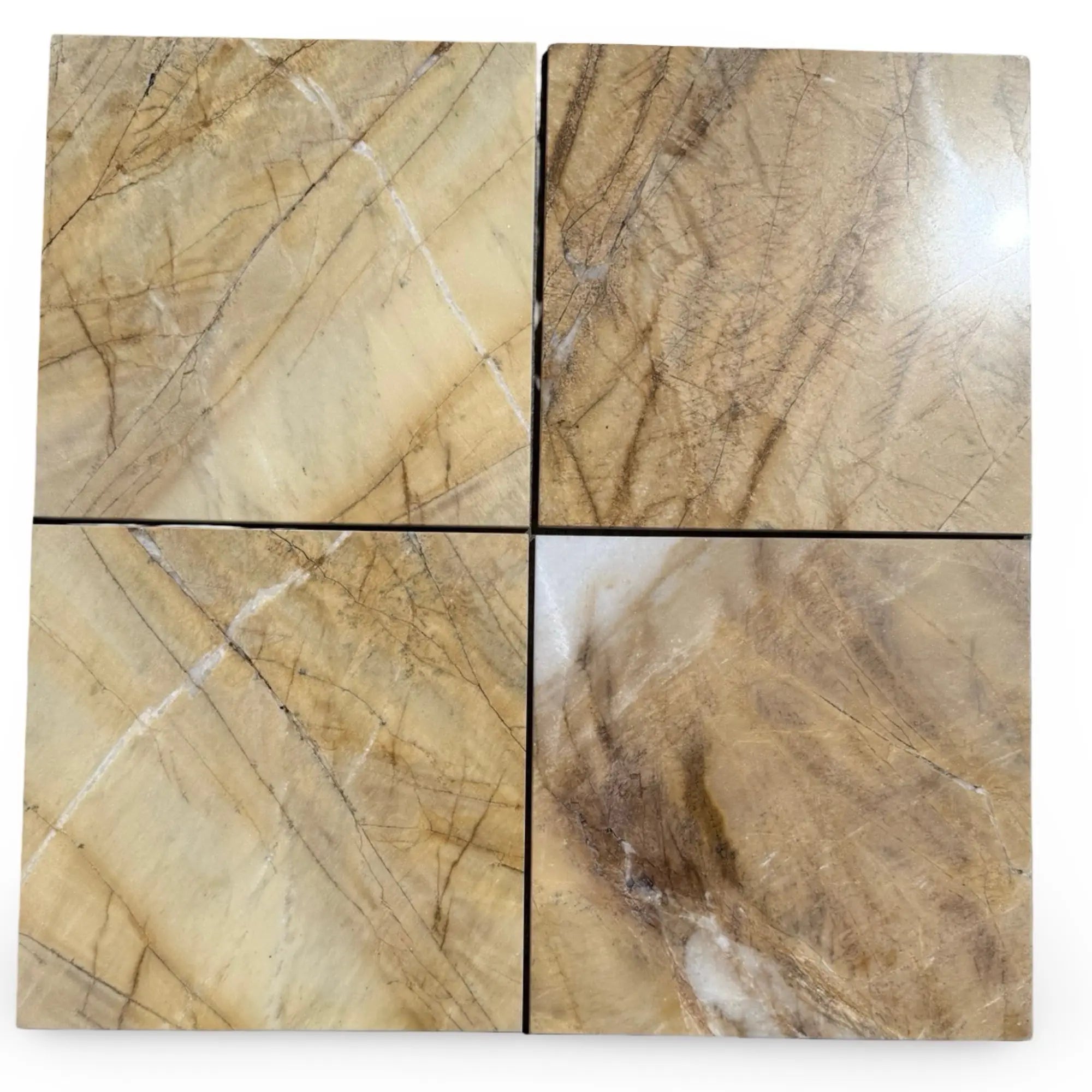 Golden Horizon Marble
Golden Horizon Marble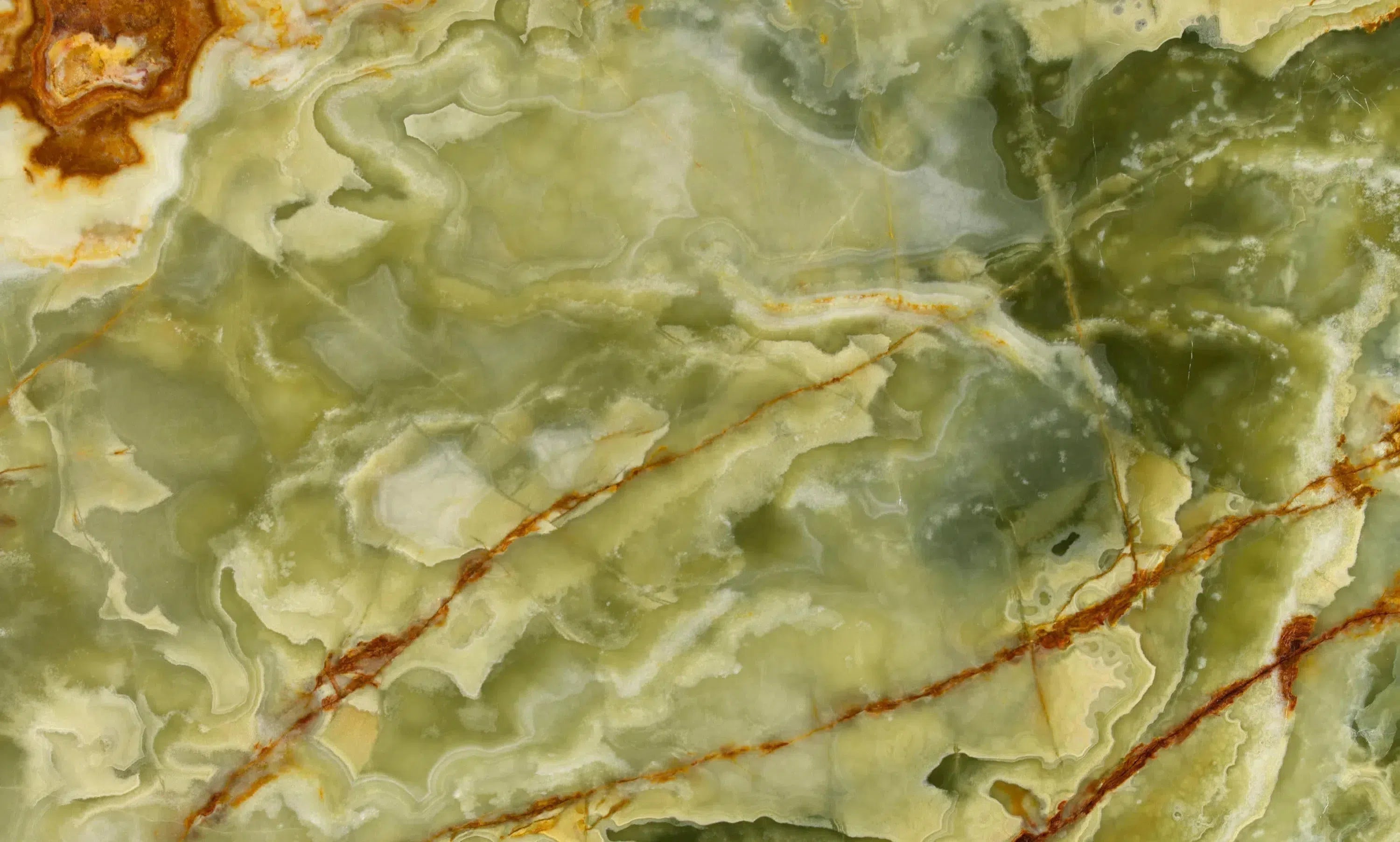 Green Onyx Marble
Green Onyx Marble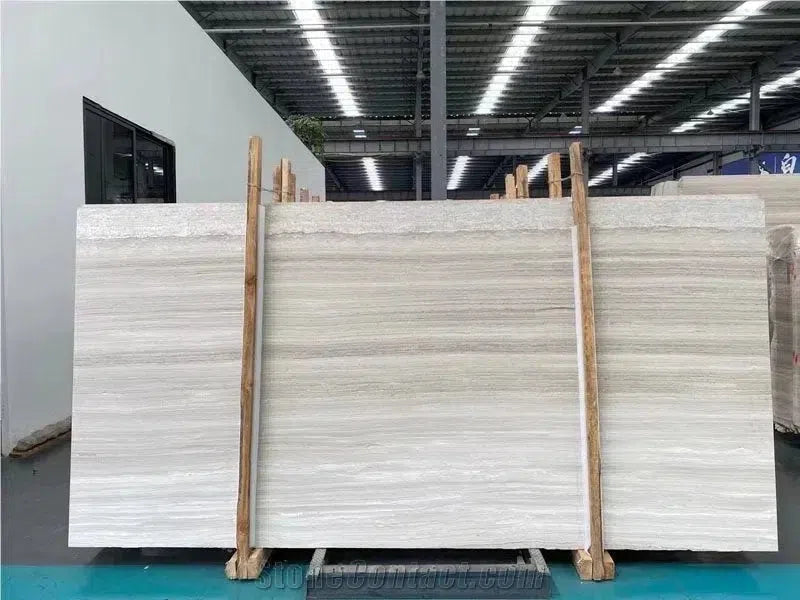 Haisa Light (White Wood) Limestone
Haisa Light (White Wood) Limestone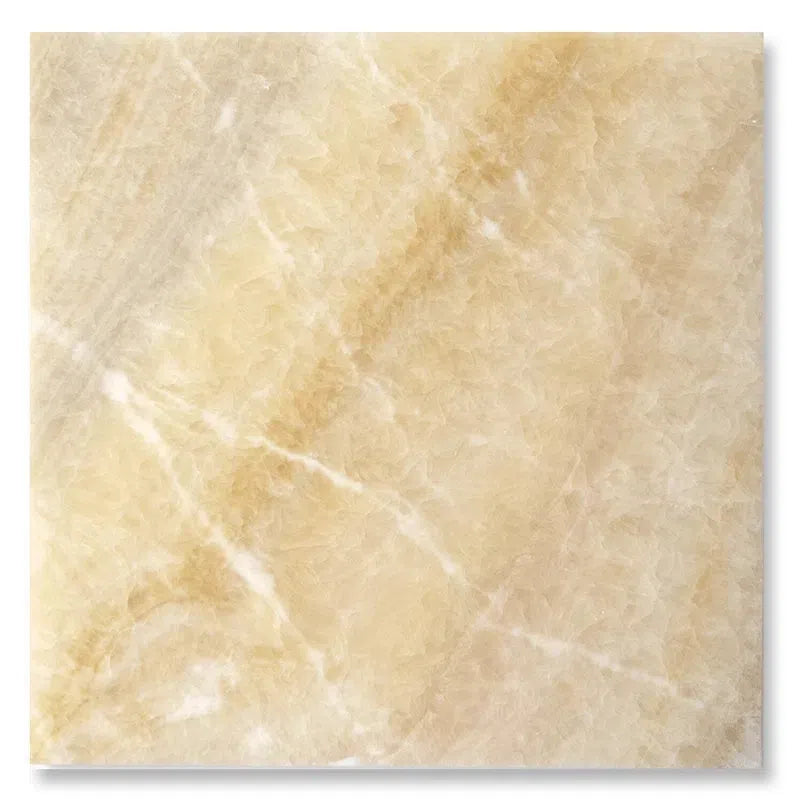 Honey Onyx Marble
Honey Onyx Marble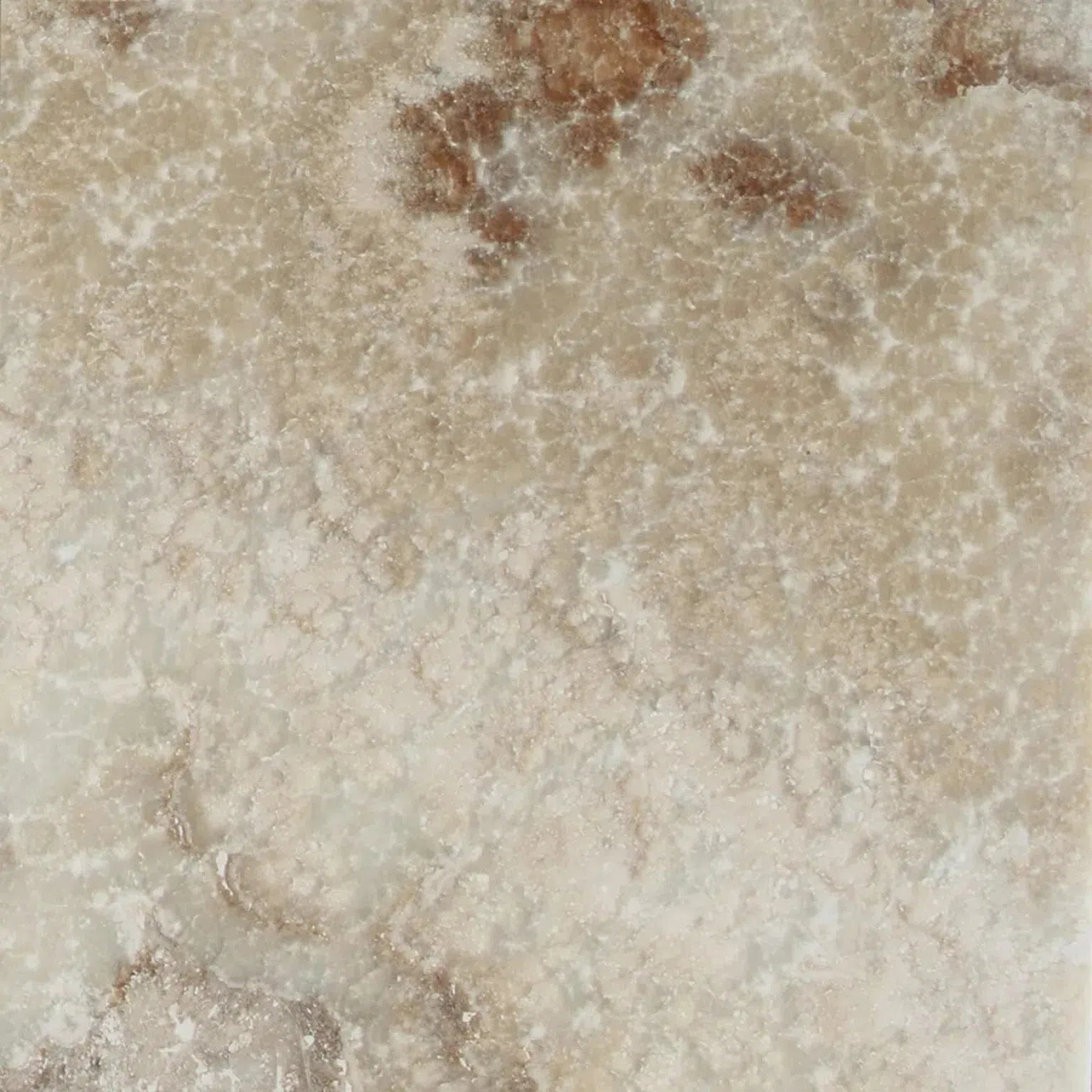 La Travonya Travertine
La Travonya Travertine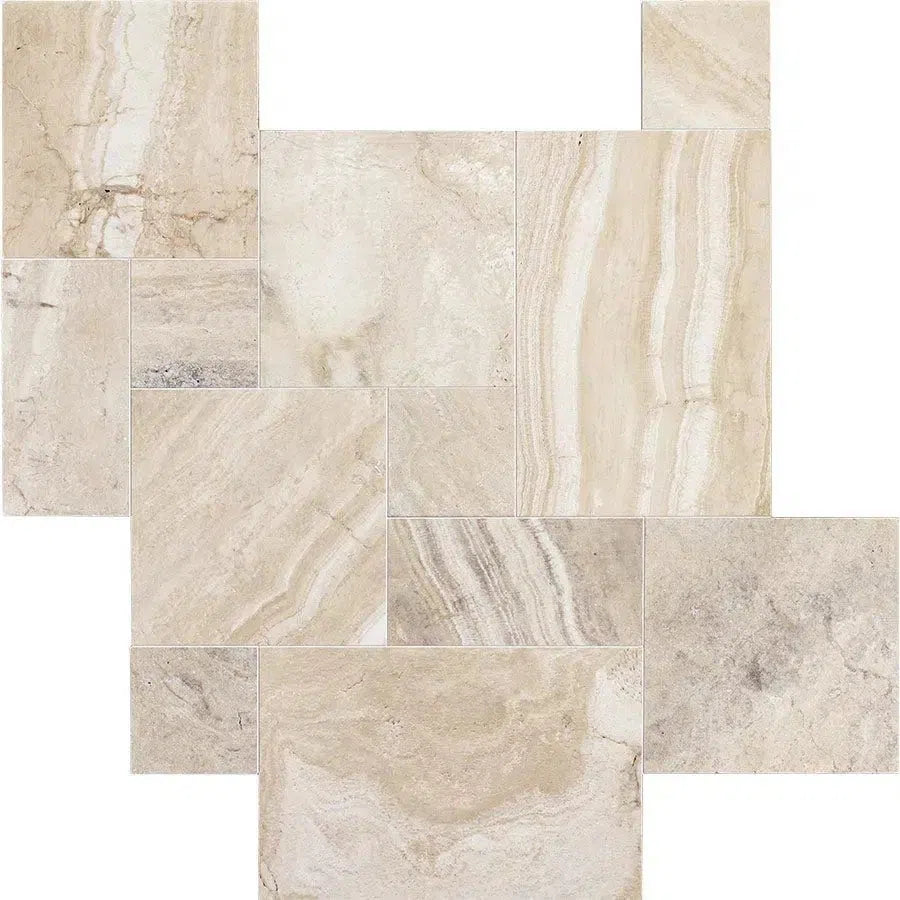 Malibu Travertine
Malibu Travertine Mink (Equator) Marble
Mink (Equator) Marble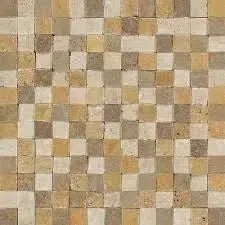 Mixed (Ivory-Noce-Gold) Travertine
Mixed (Ivory-Noce-Gold) Travertine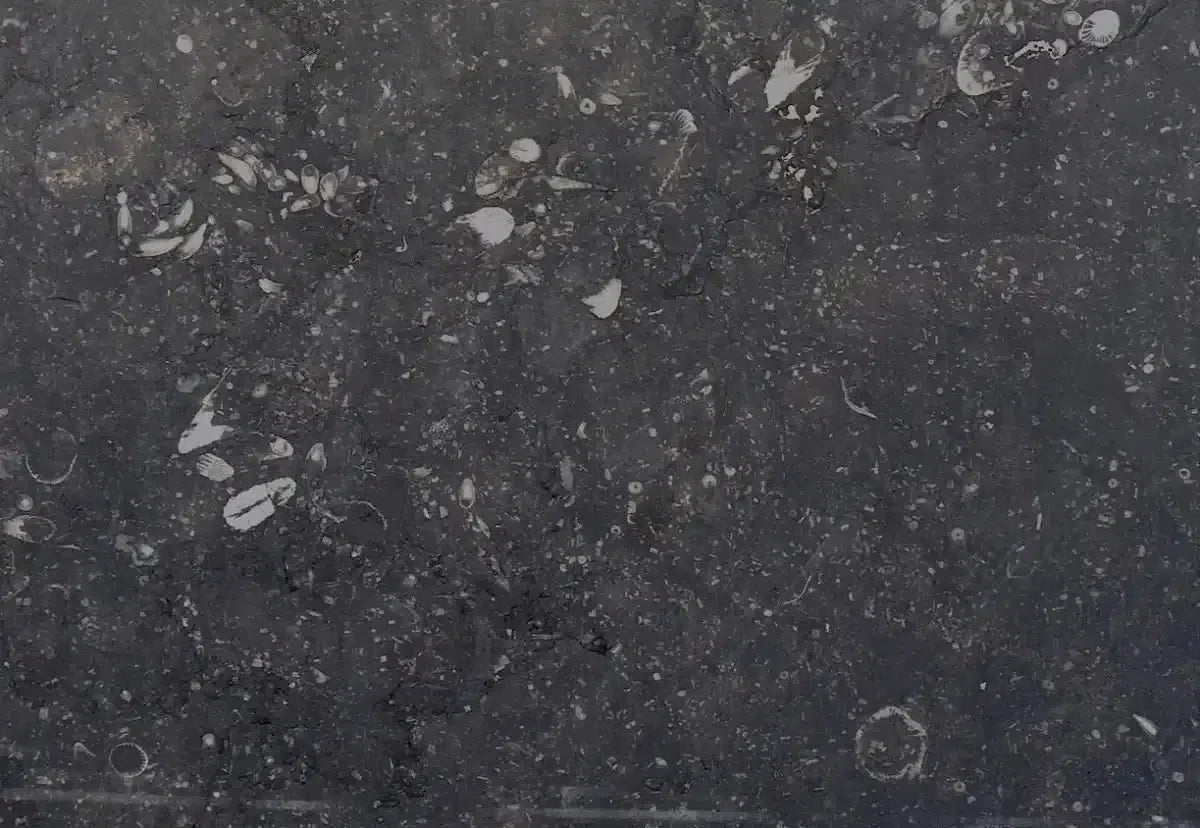 Pierre Bleue (Pierre Blue) Marble
Pierre Bleue (Pierre Blue) Marble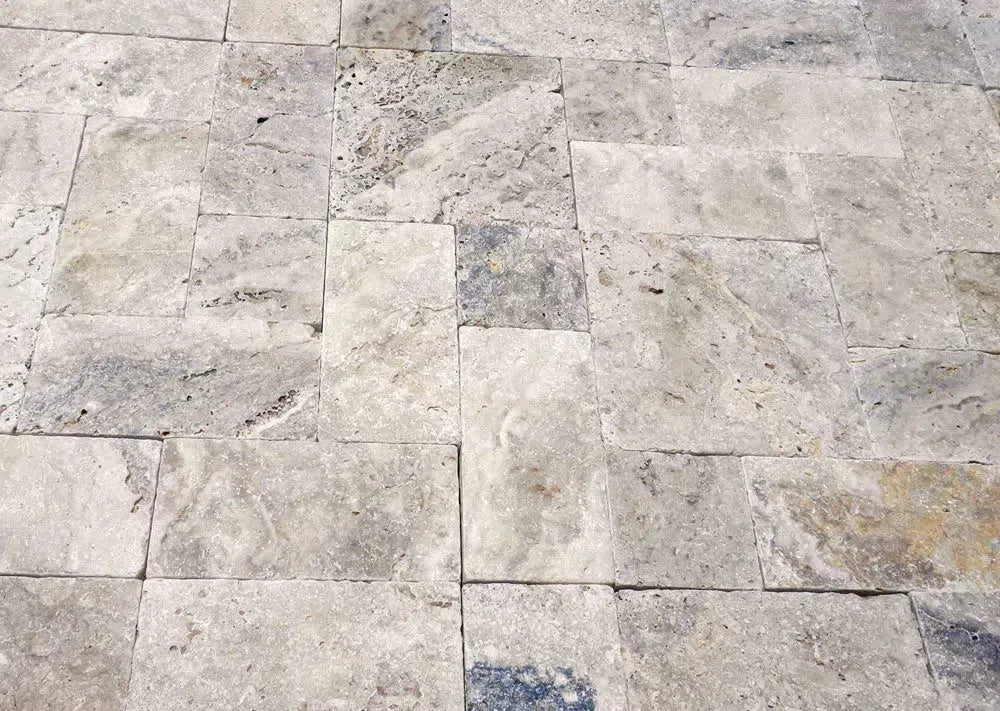 Philadelphia Travertine
Philadelphia Travertine Rosé Aurora Marble
Rosé Aurora Marble Rosetta Storm Marble
Rosetta Storm Marble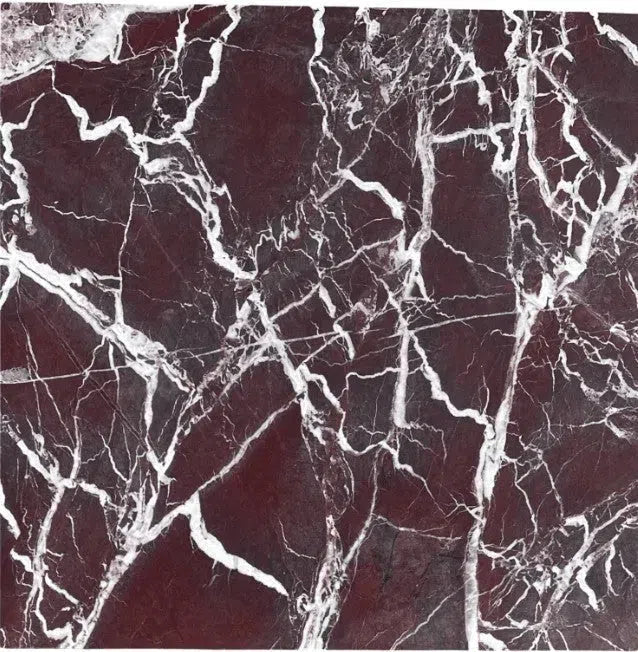 Rosso Levanto Marble
Rosso Levanto Marble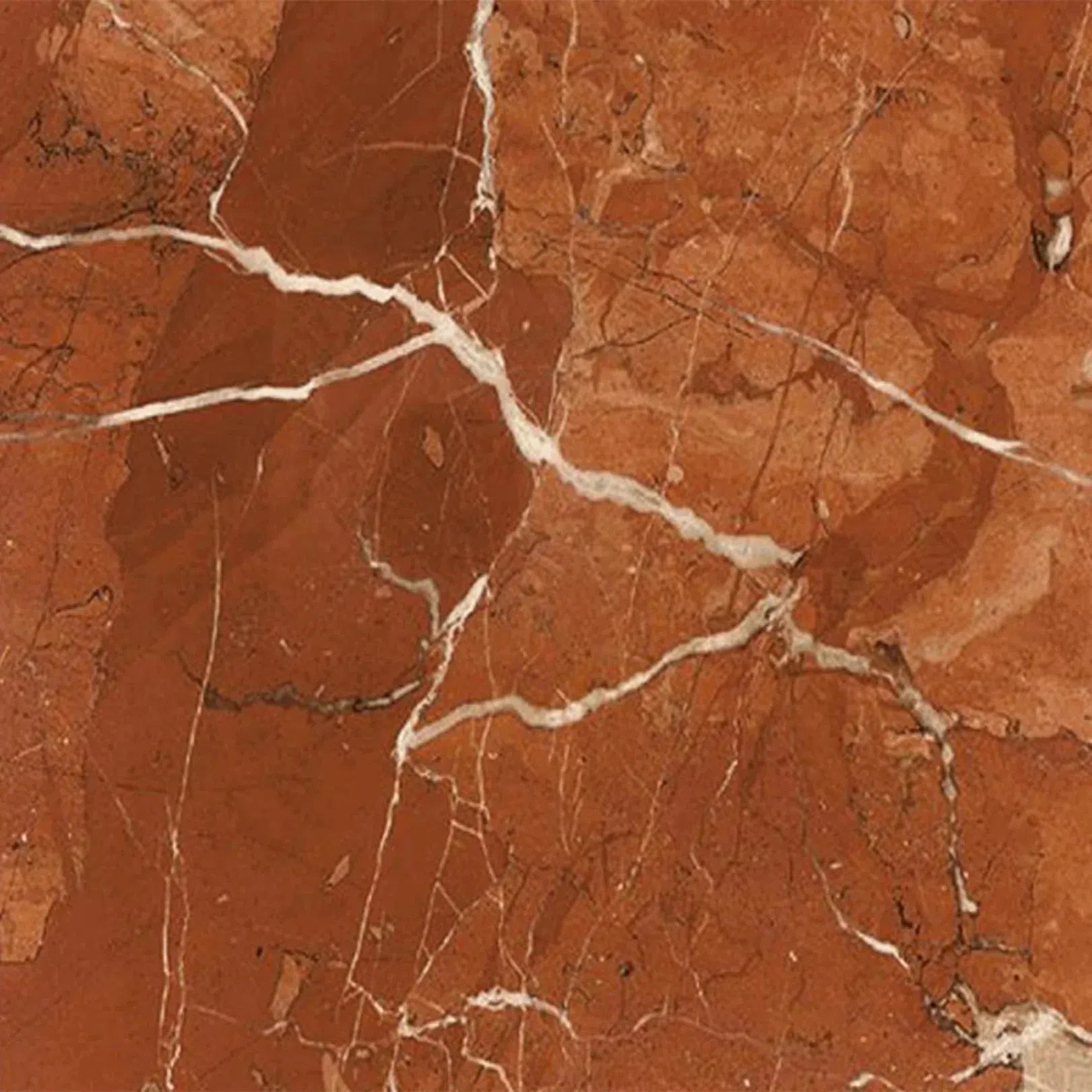 Rojo Alicante Marble
Rojo Alicante Marble Sahara Ember Marble
Sahara Ember Marble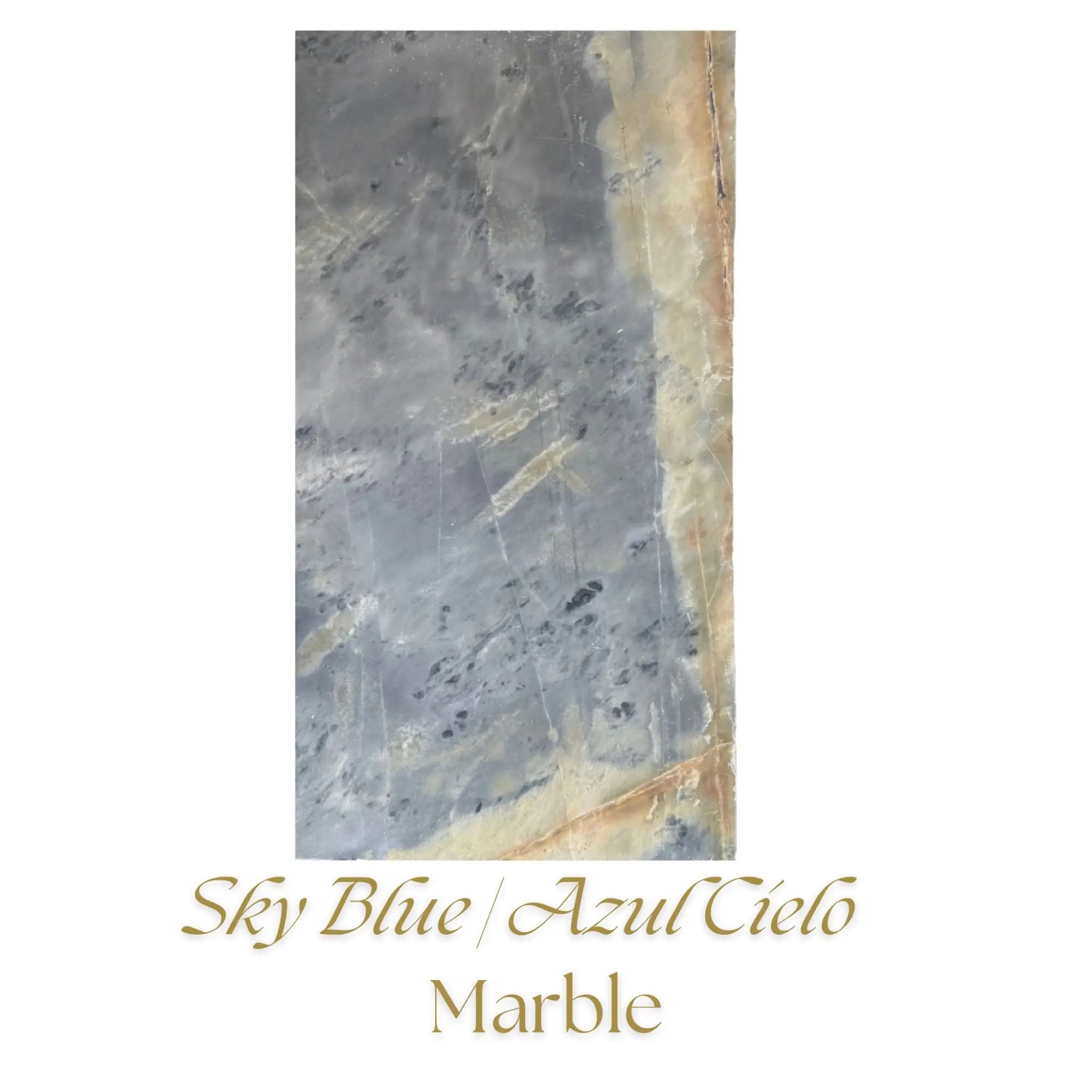 Sky Blue | Azul Cielo Marble
Sky Blue | Azul Cielo Marble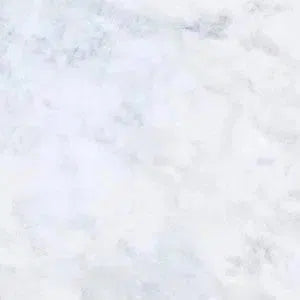 Snow White (Afyon White) Marble
Snow White (Afyon White) Marble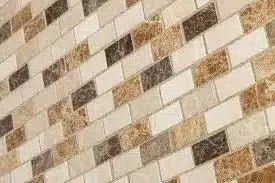 Spanish Mix Marble
Spanish Mix Marble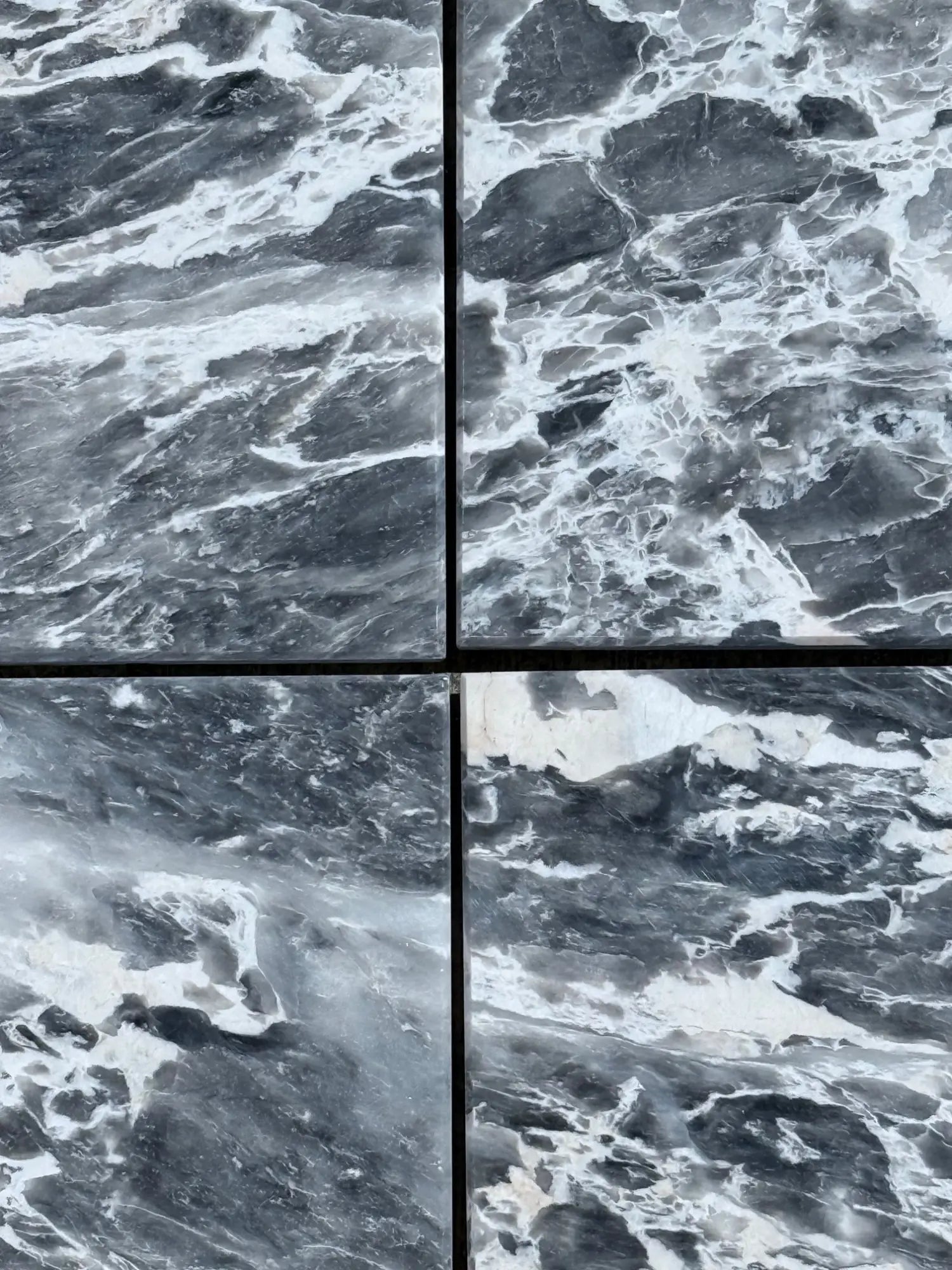 Storm Gray Marble
Storm Gray Marble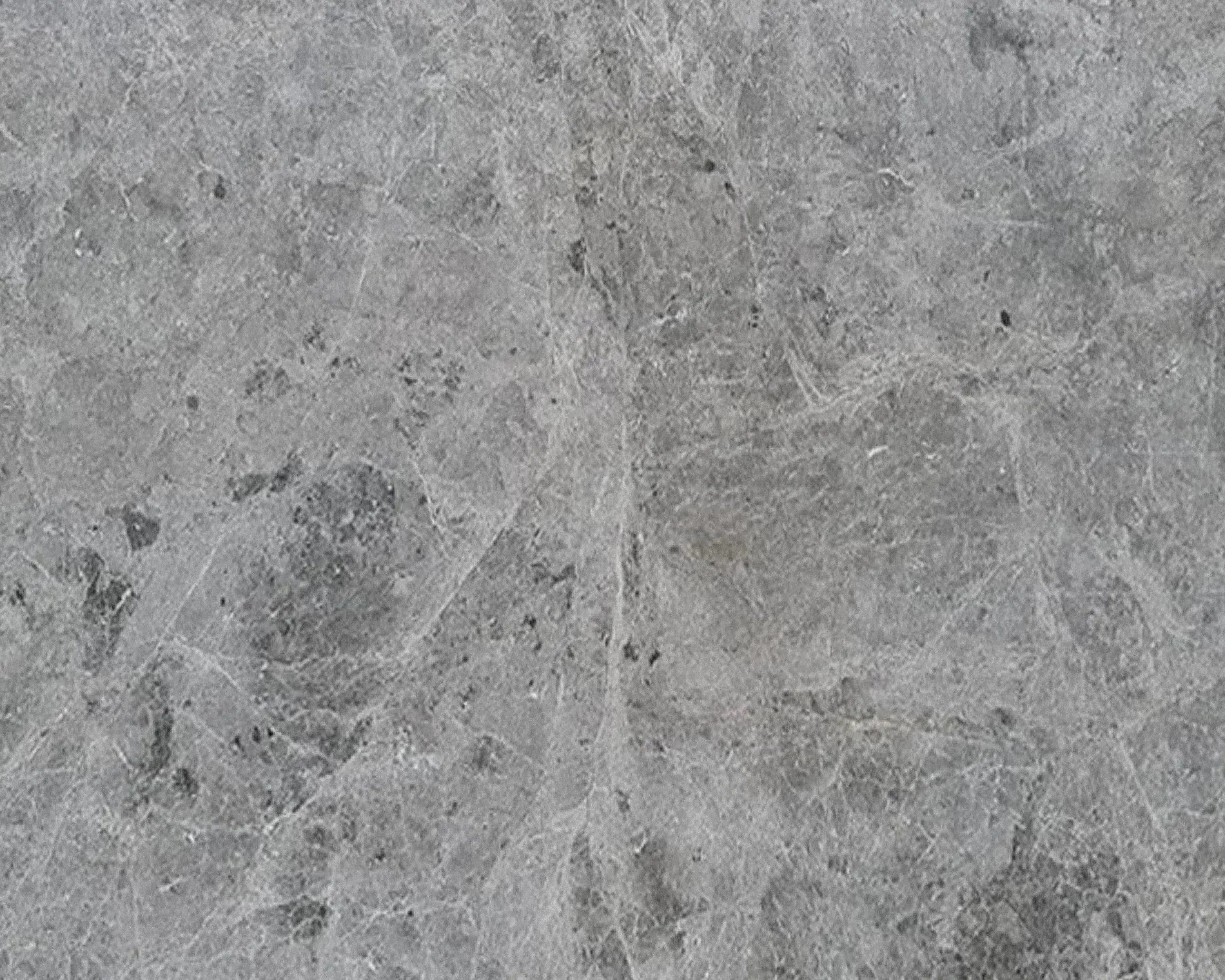 Tundra Gray (Atlantic Gray) Marble
Tundra Gray (Atlantic Gray) Marble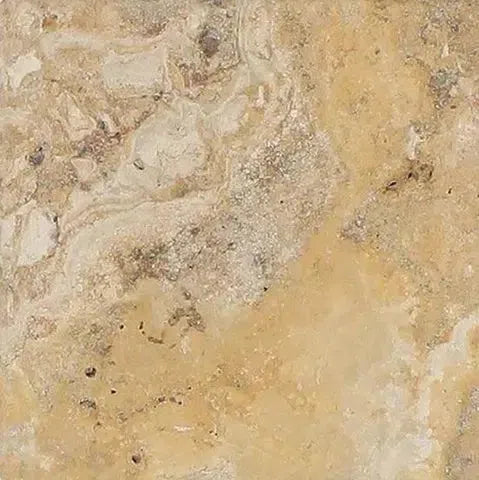 Valencia Travertine
Valencia Travertine Valerenga Travertine
Valerenga Travertine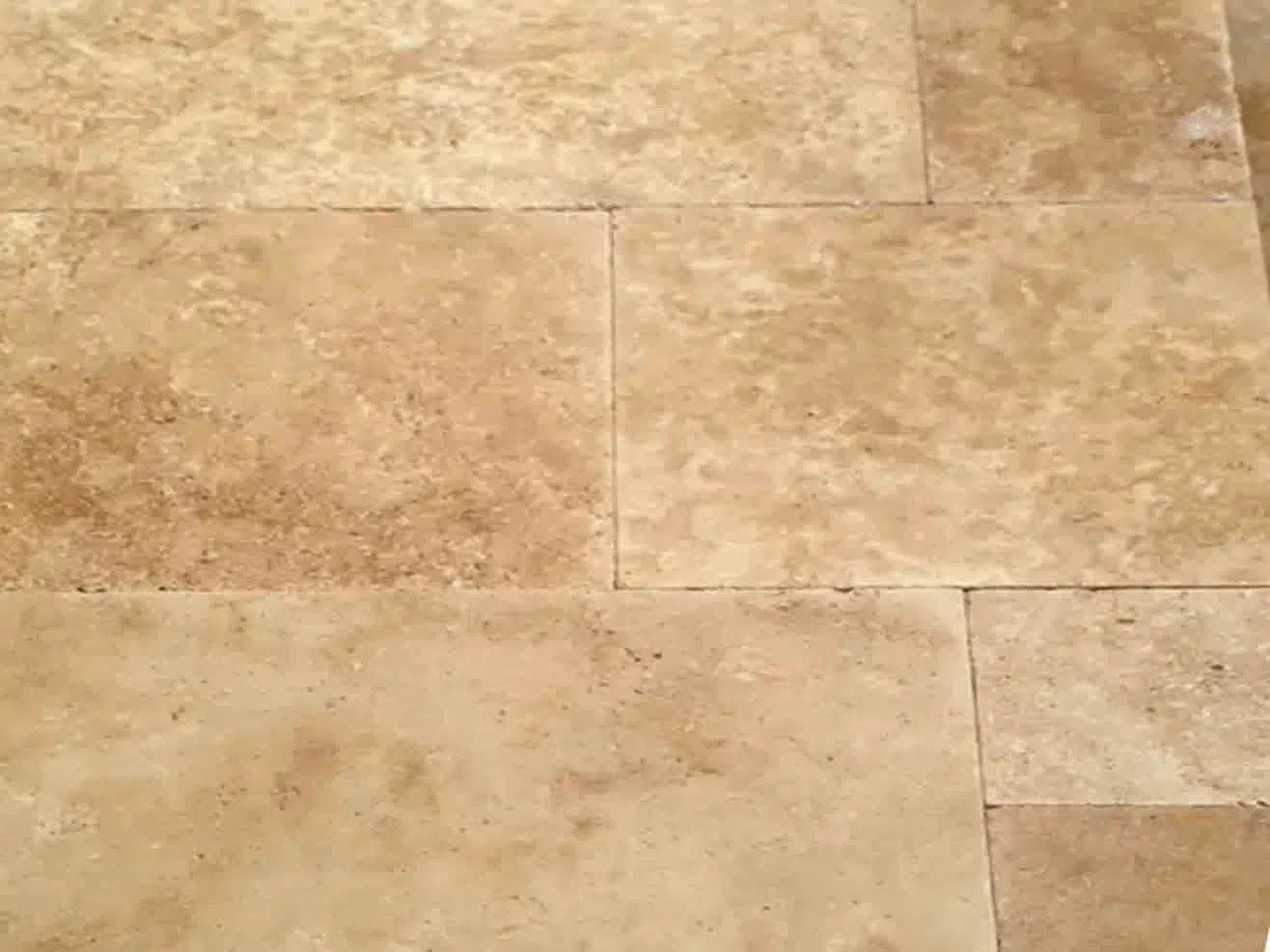 Walnut Travertine
Walnut Travertine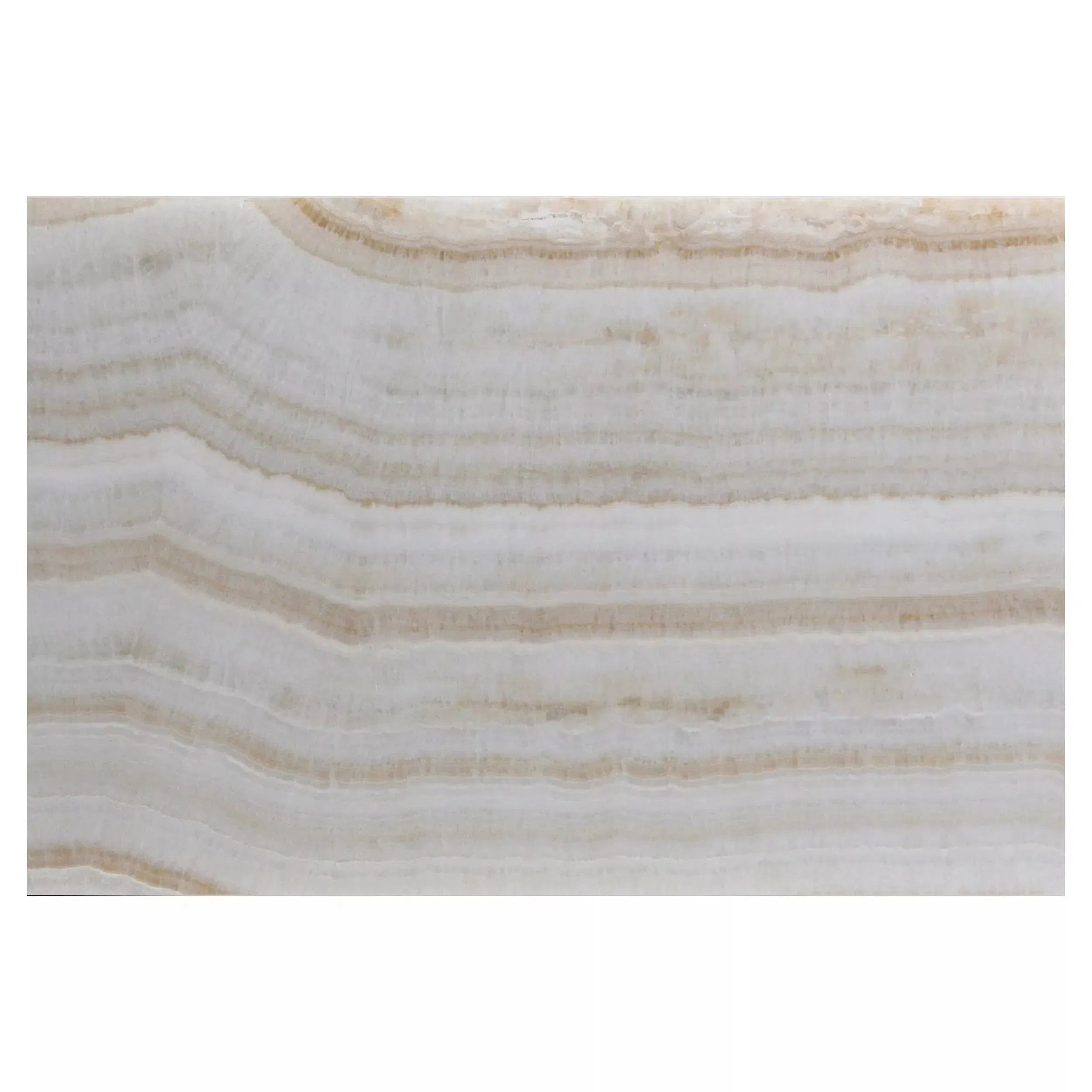 White Onyx Marble
White Onyx Marble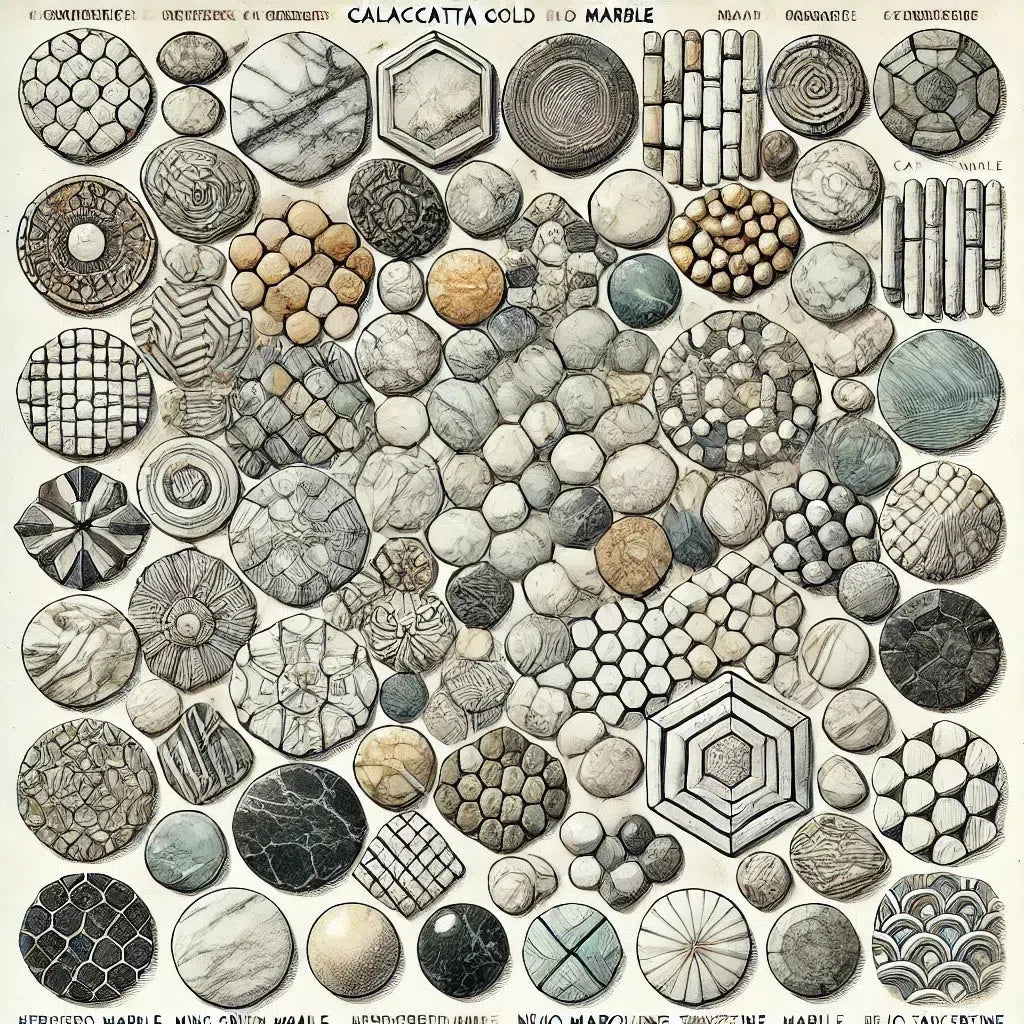 Shop By Type
Shop By Type
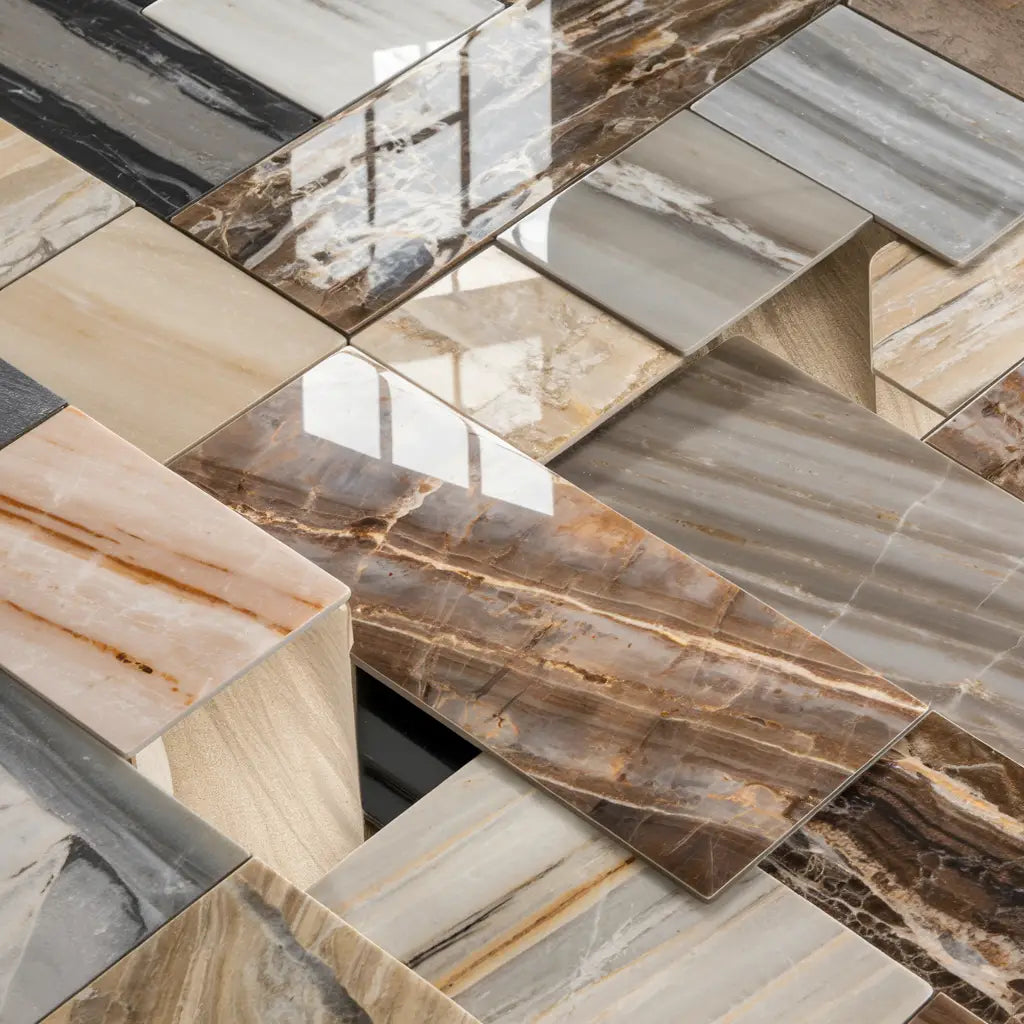 Marble Tiles
Marble Tiles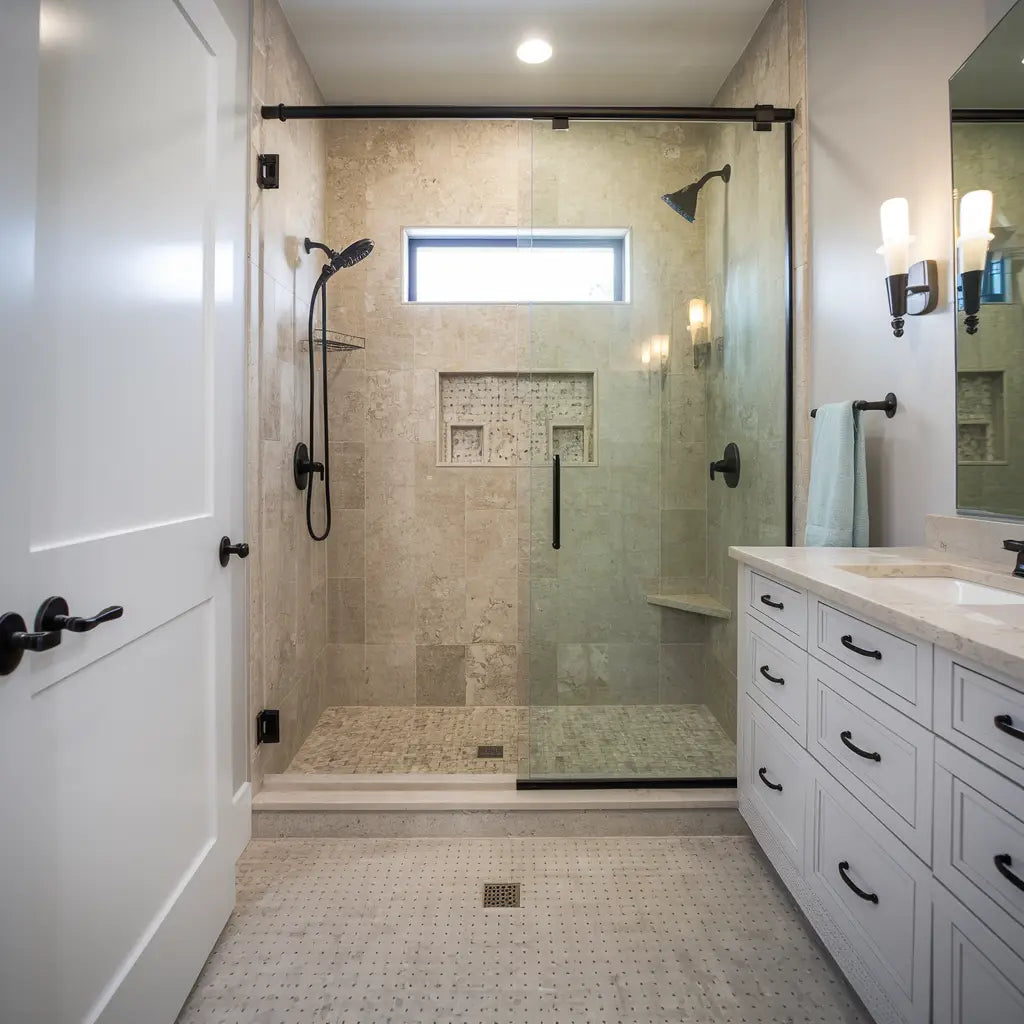 Marble Mosaic
Marble Mosaic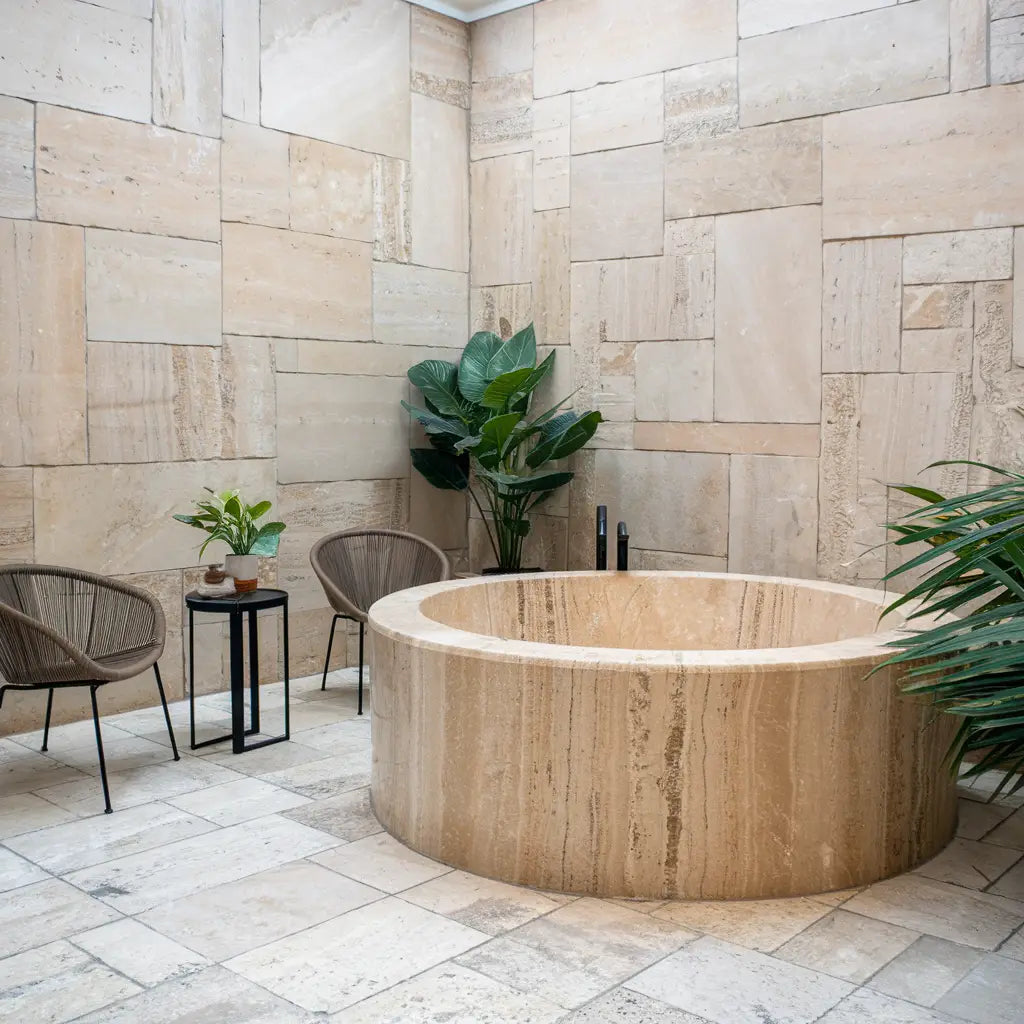 Travertine Tiles
Travertine Tiles Travertine Mosaic
Travertine Mosaic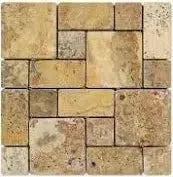 4 pcs Versailles Pattern / French Pattern Set
4 pcs Versailles Pattern / French Pattern Set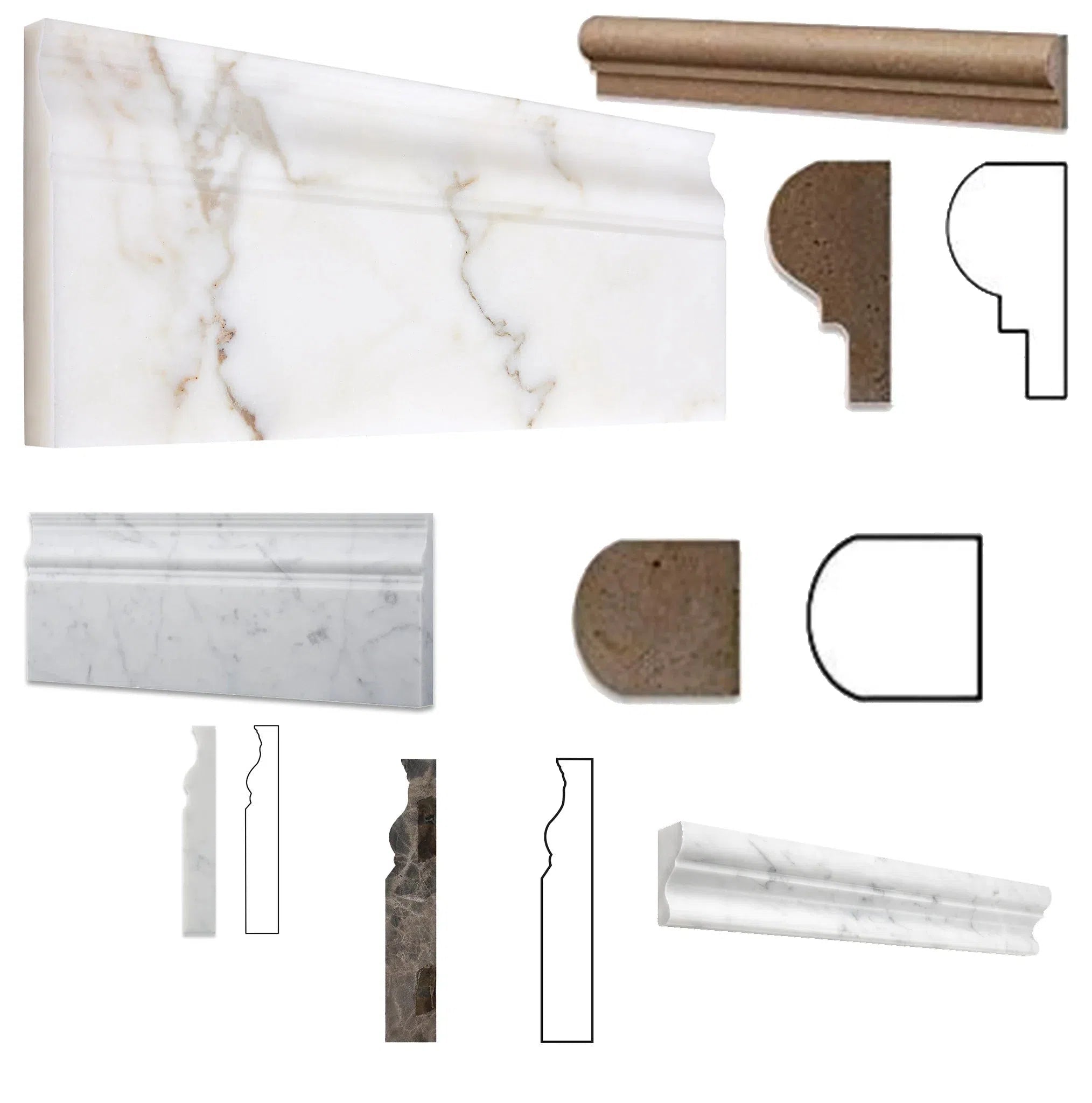 Molding/Trim
Molding/Trim Border/Listello
Border/Listello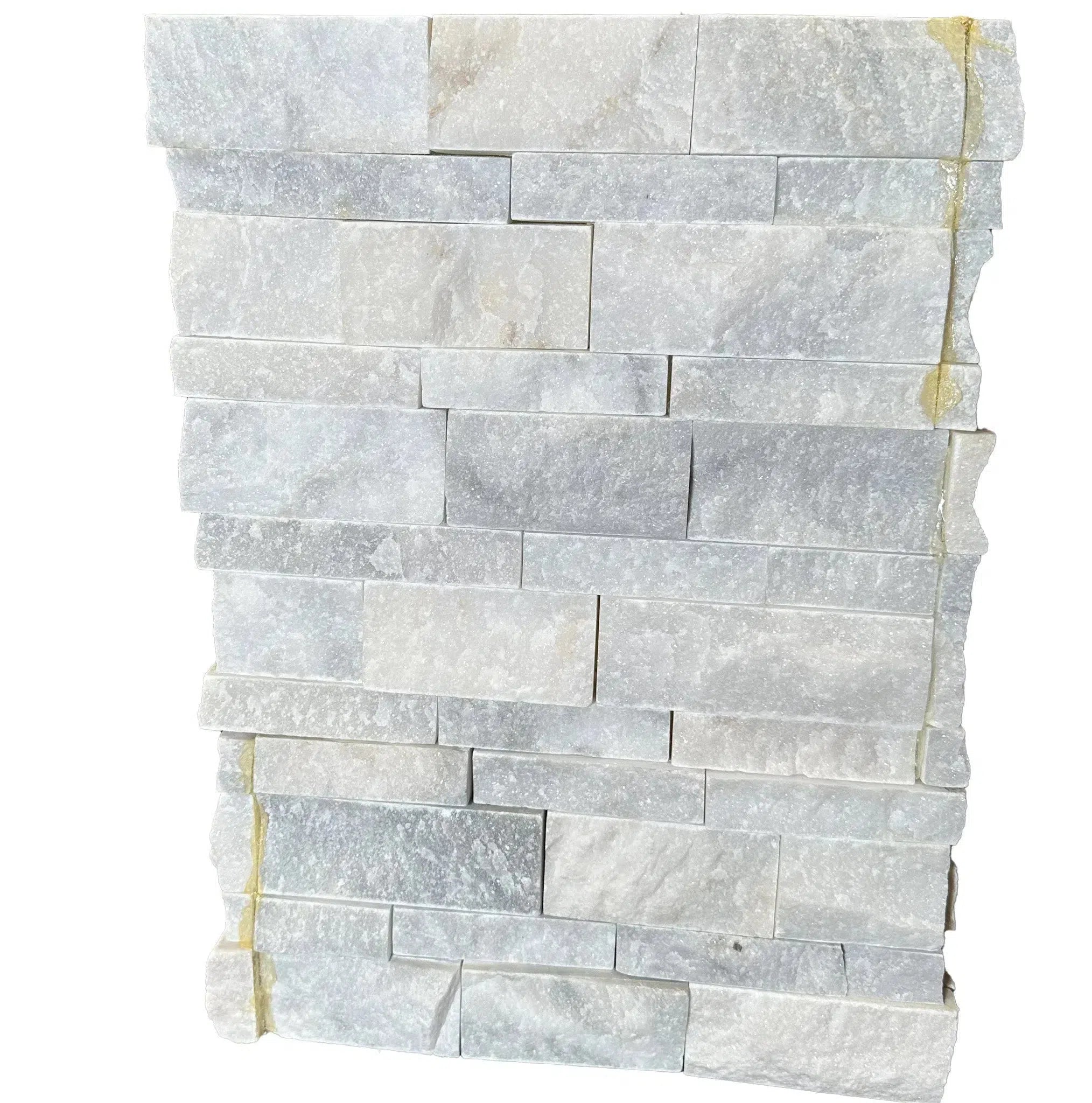 Ledger-Panel
Ledger-Panel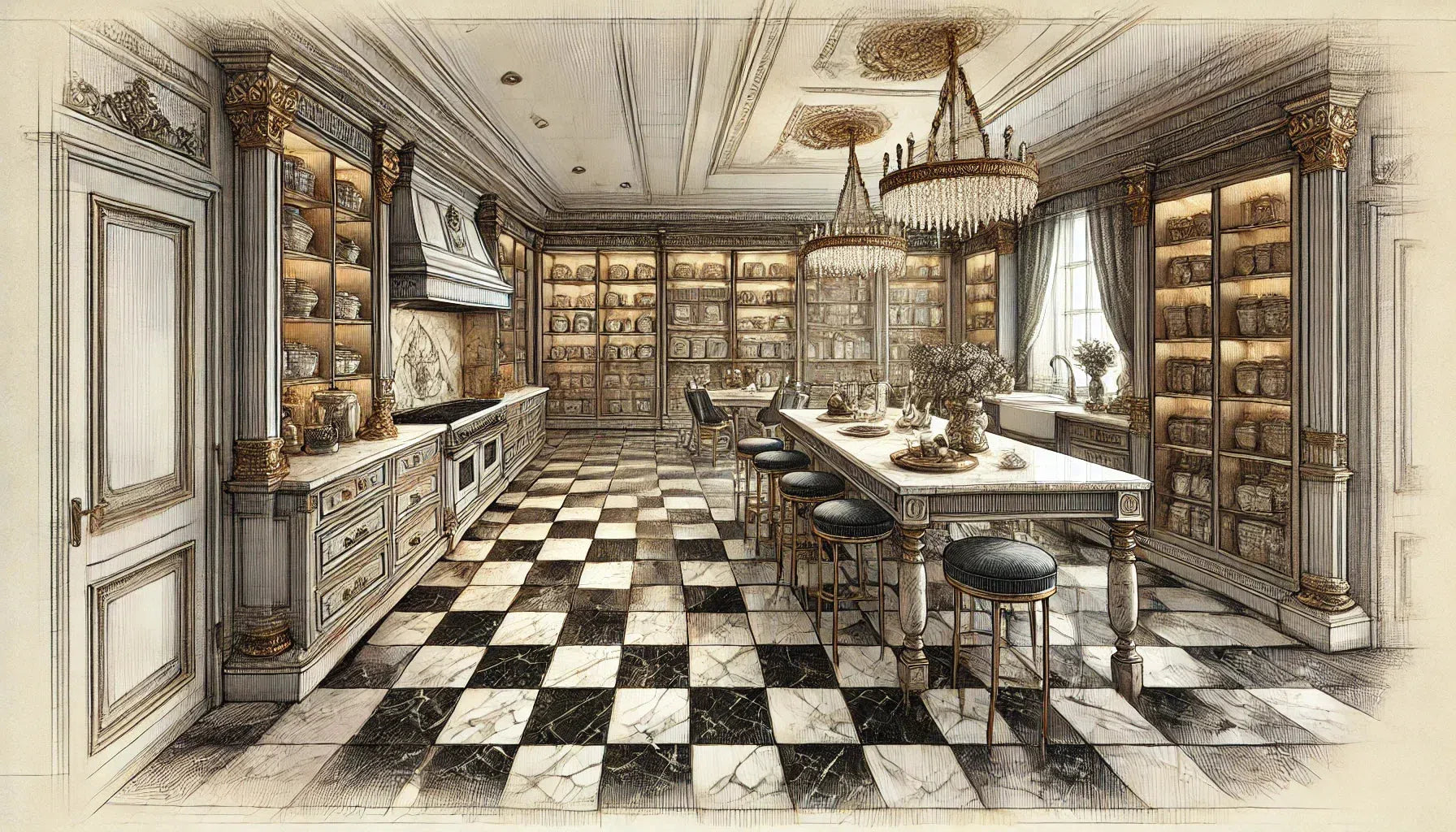 Checkerboard
Checkerboard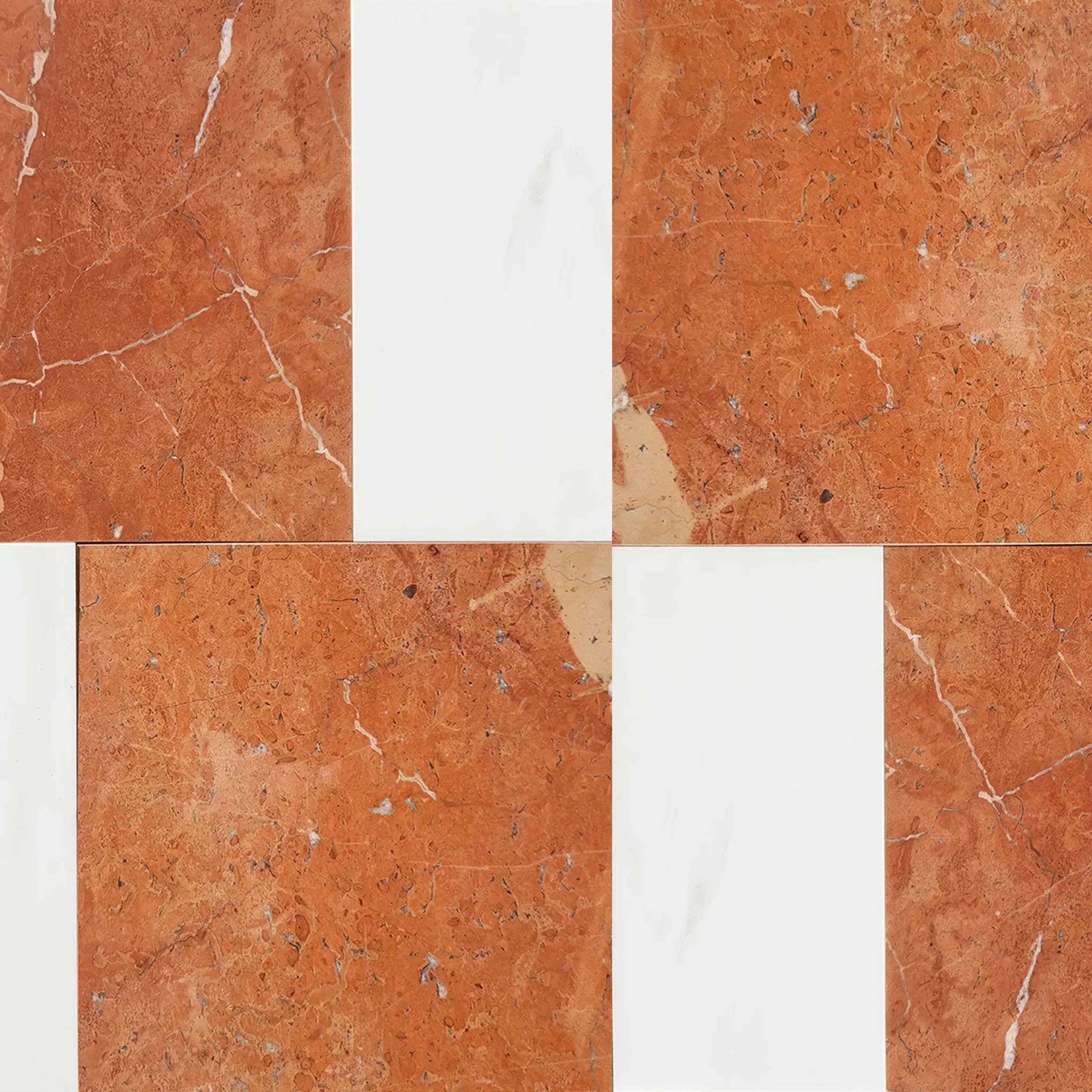 Patterned Tile Collection
Patterned Tile Collection 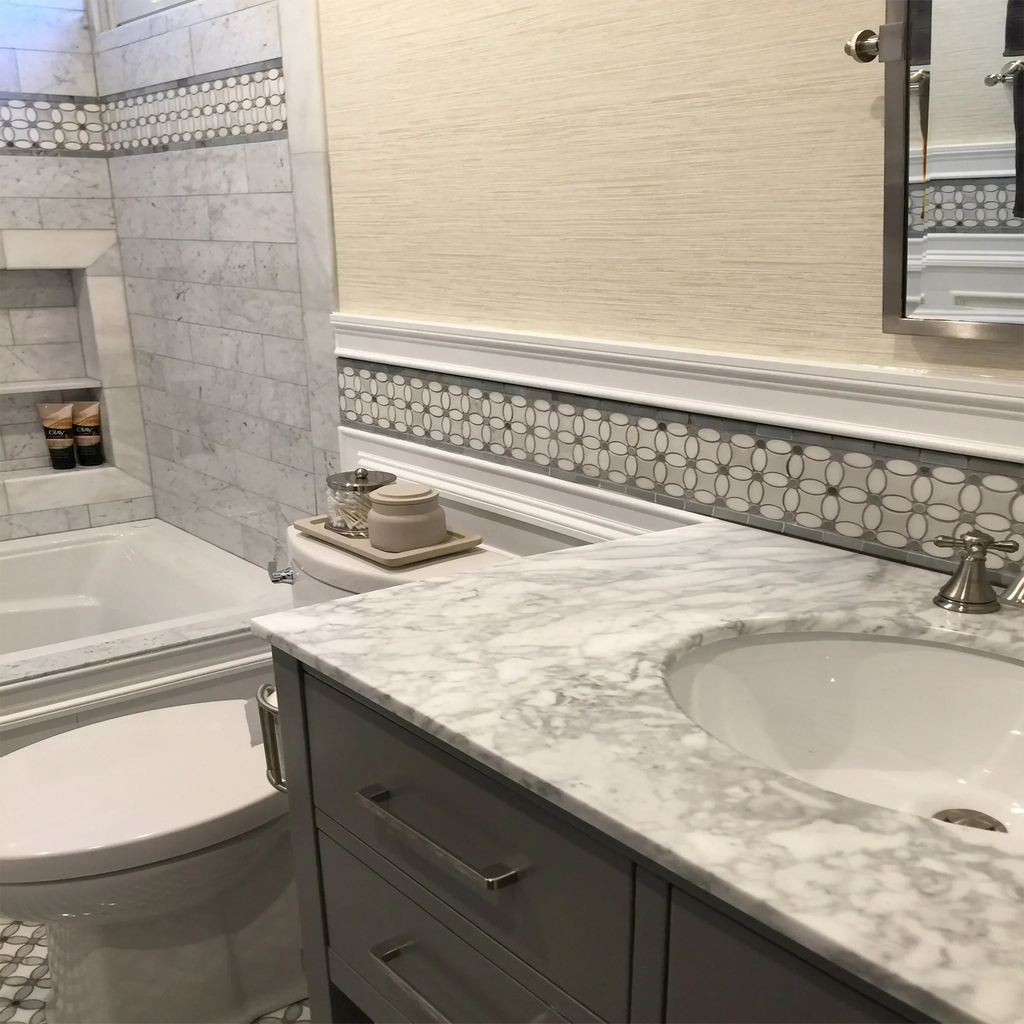 Shop By Finish
Shop By Finish
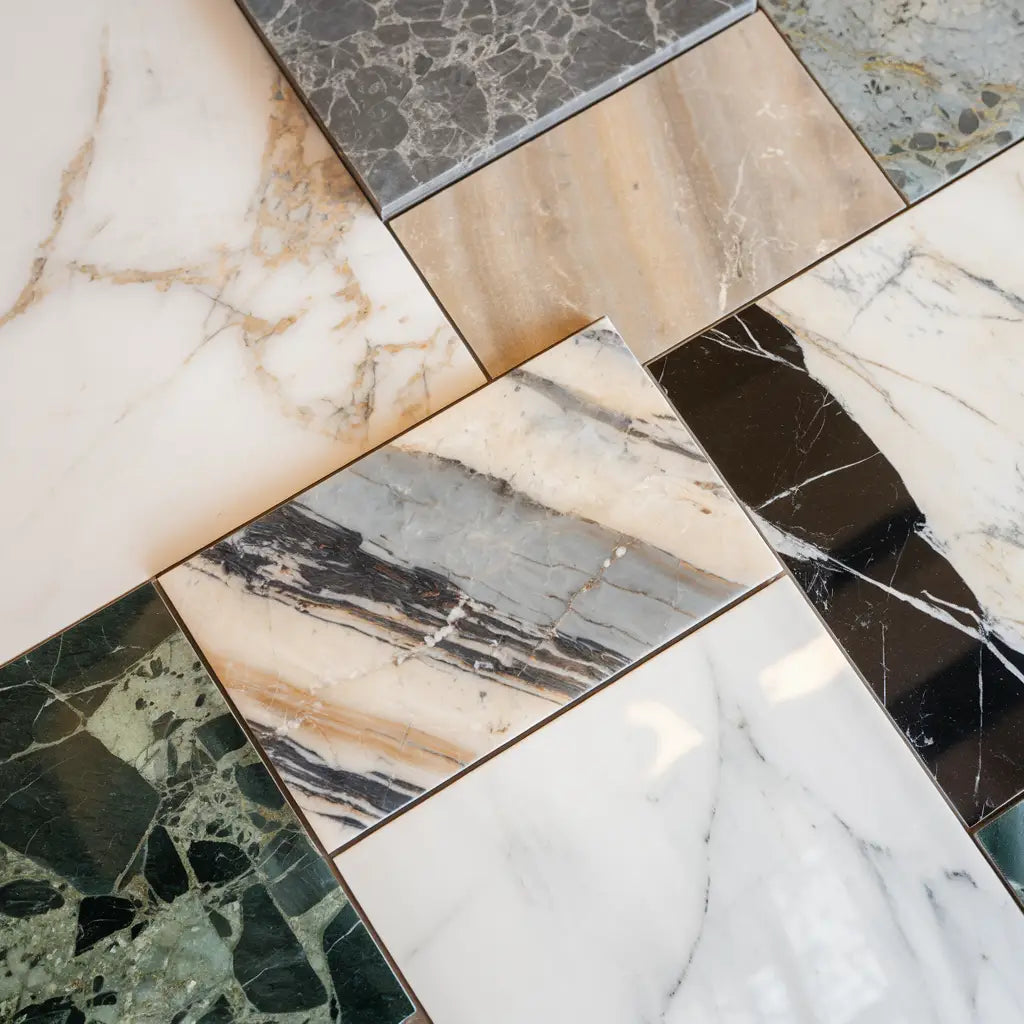 Polished
Polished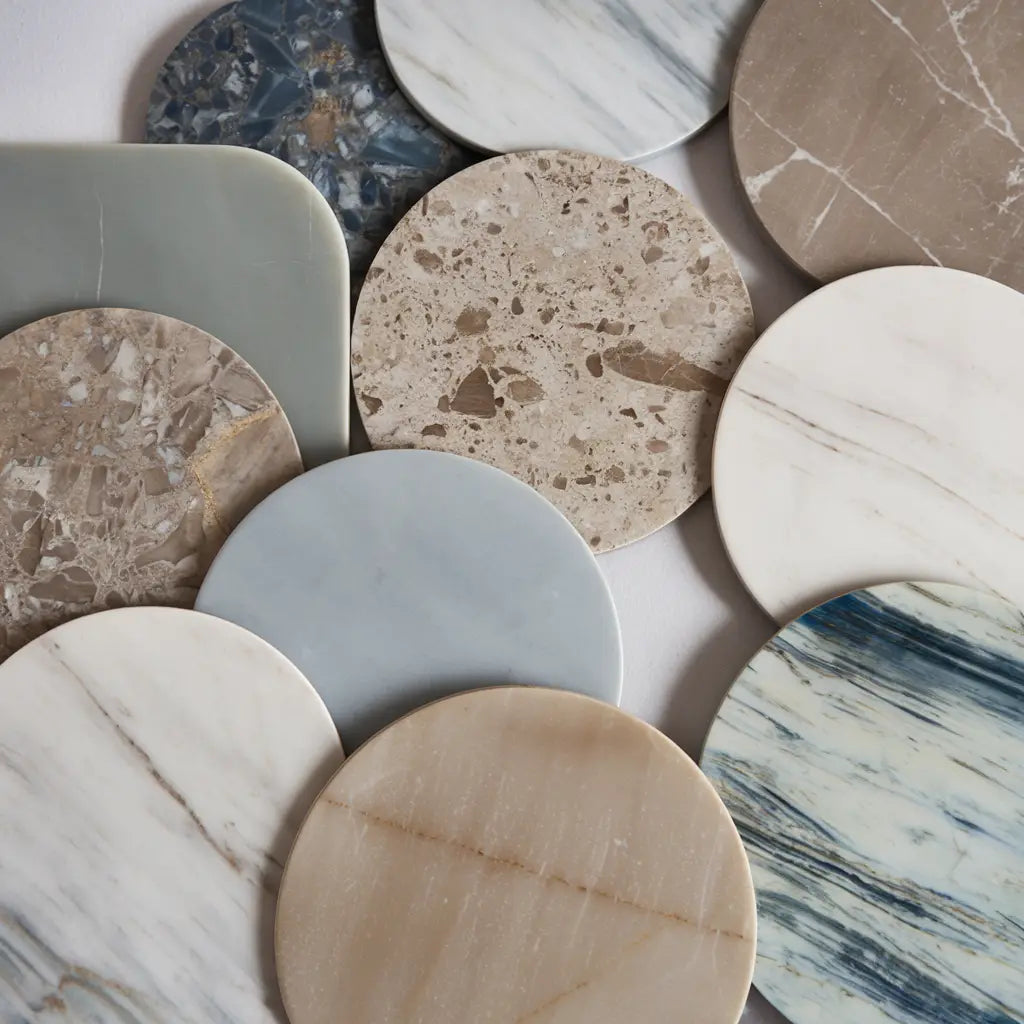 Honed
Honed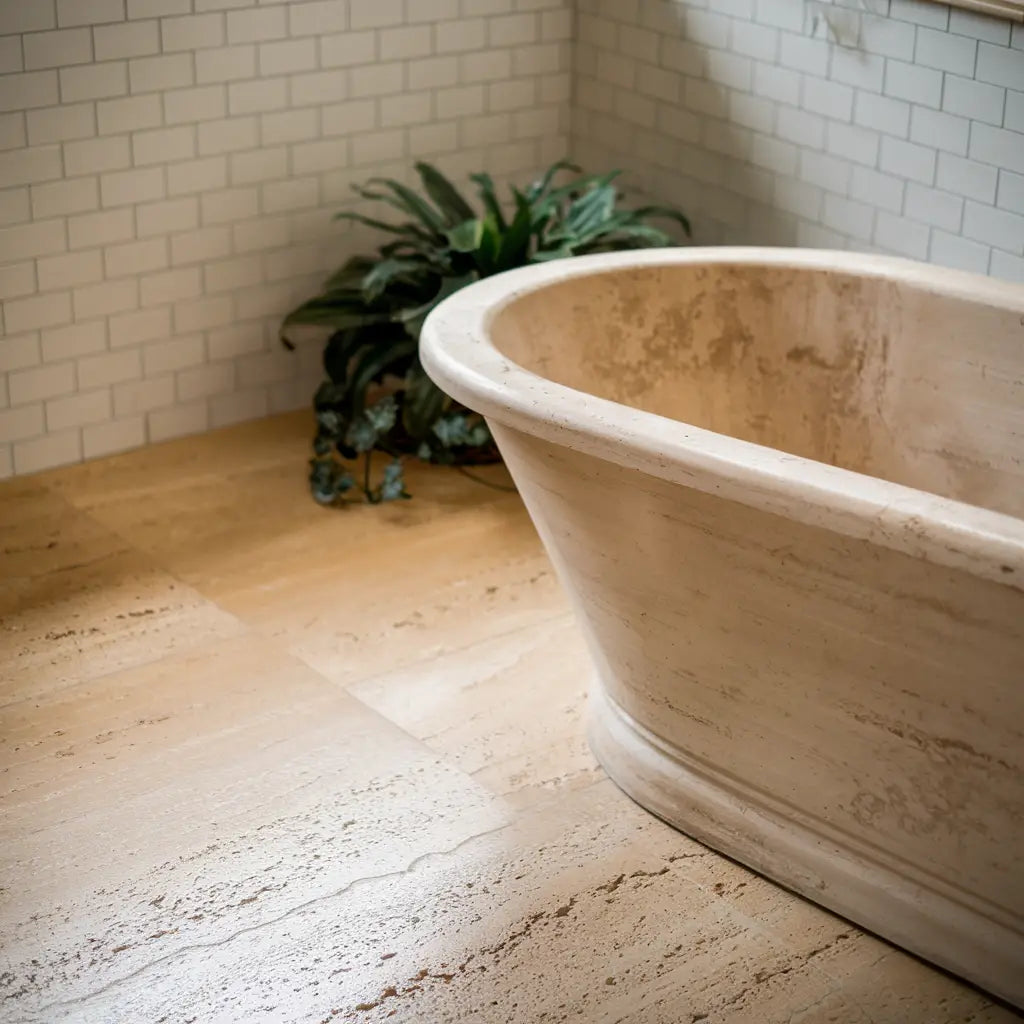 Brushed
Brushed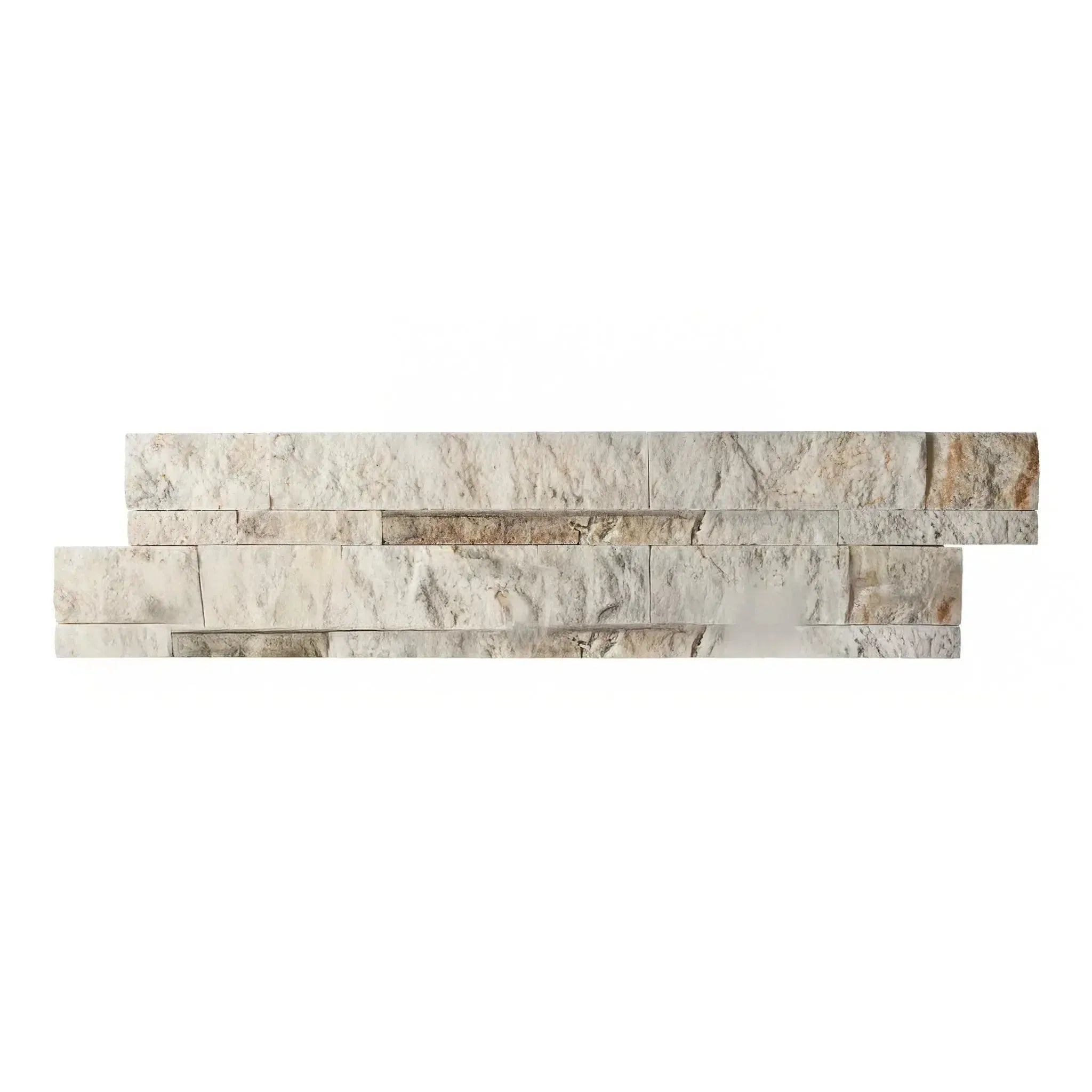 Split Face
Split Face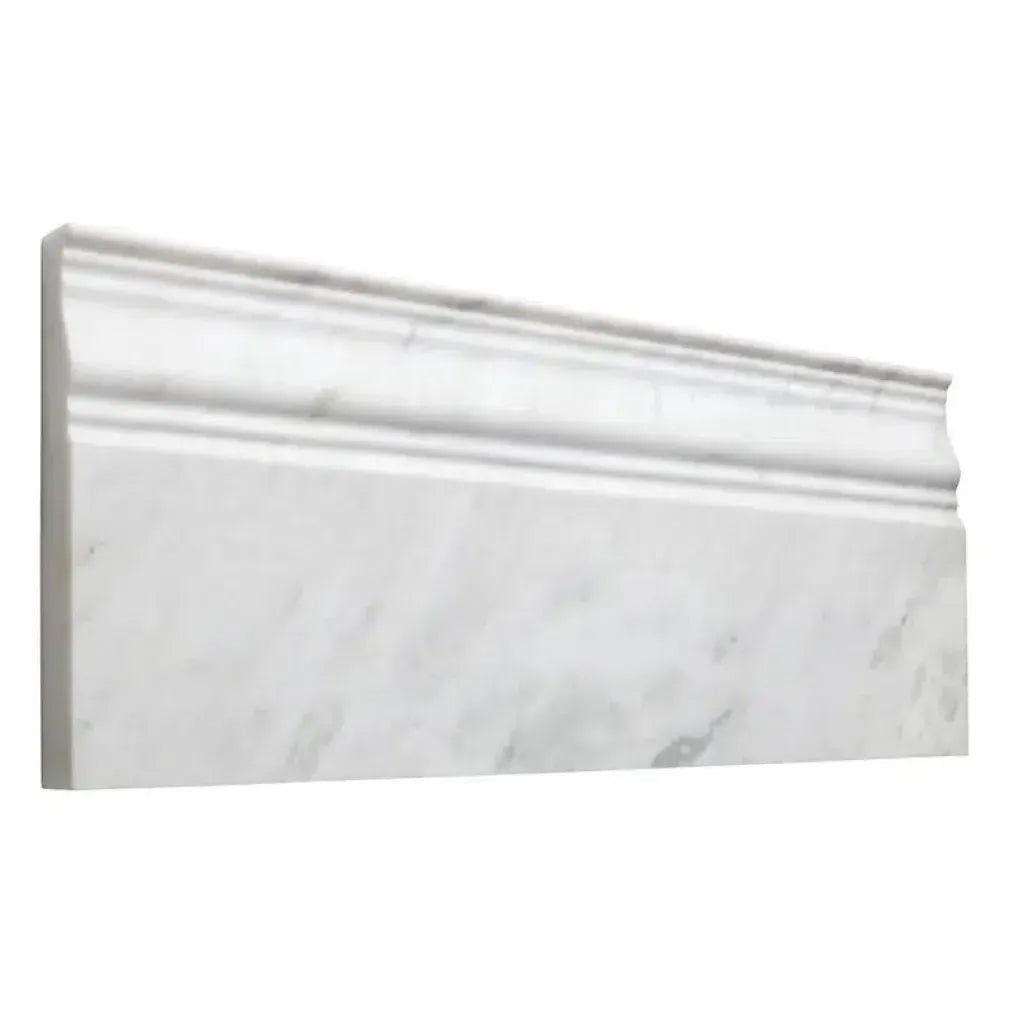 Textured
Textured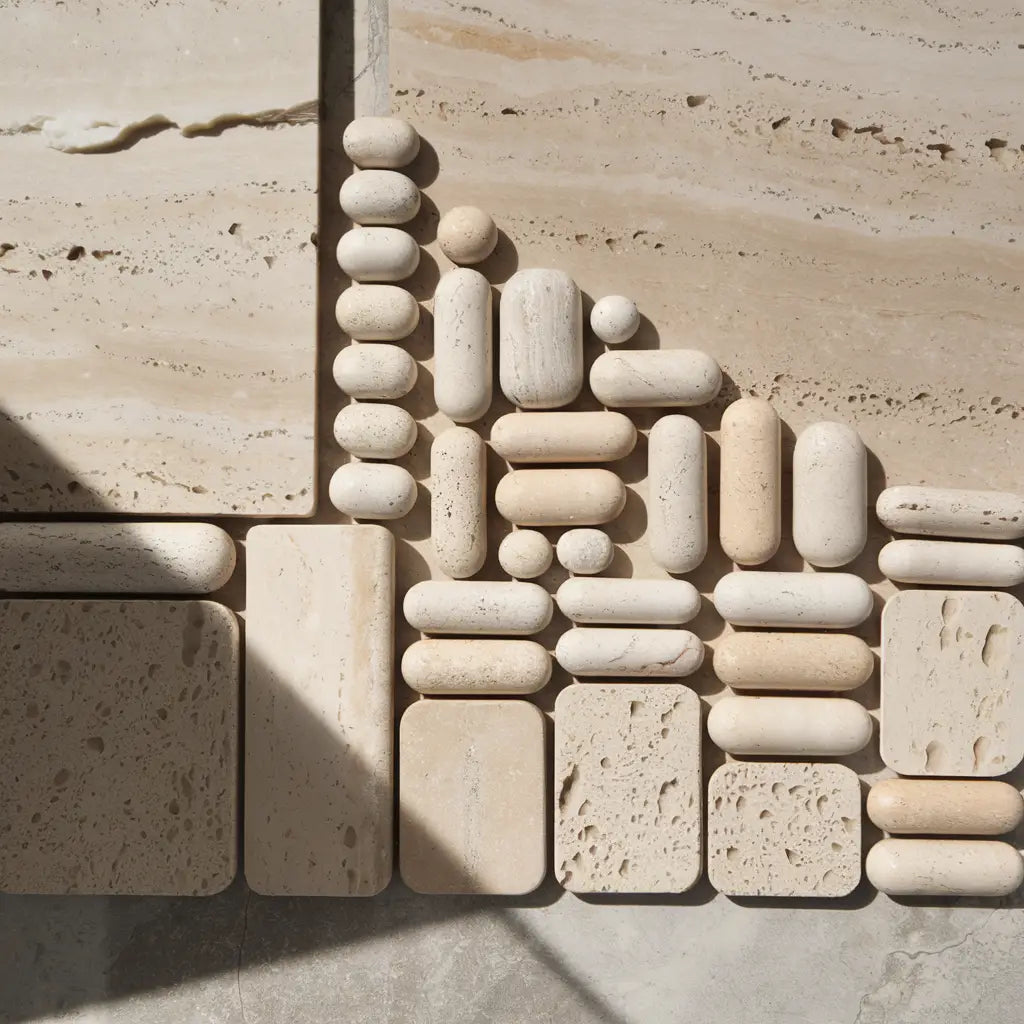 Tumbled
Tumbled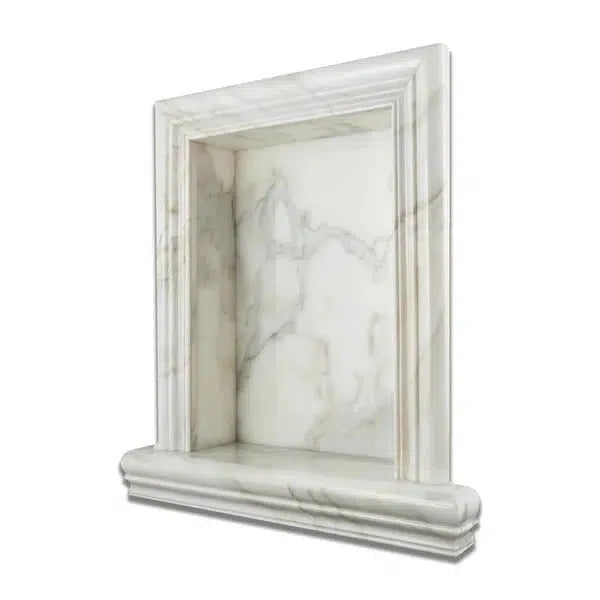 Accessories
Accessories
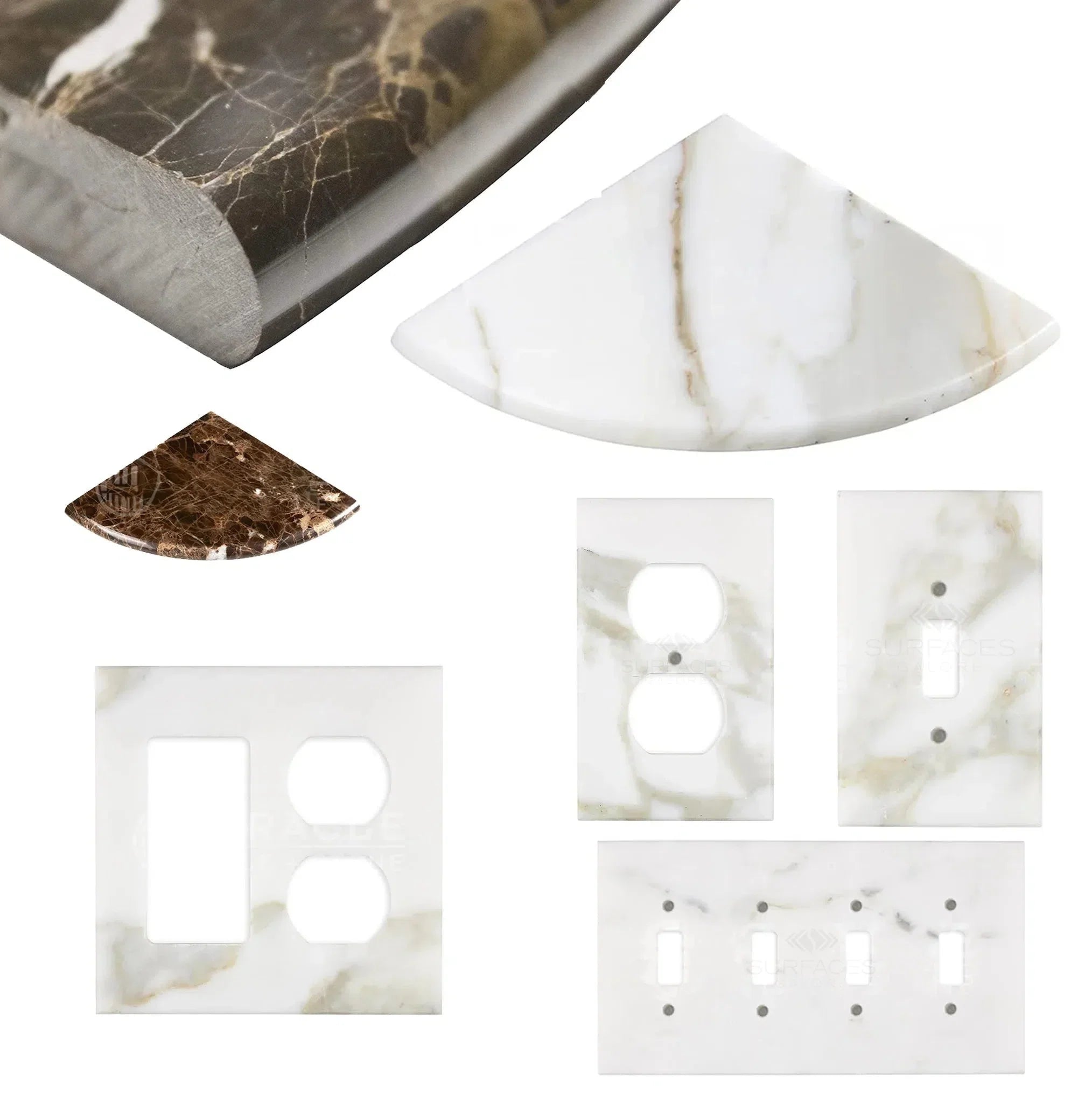 Wall Plate / Switch Plate
Wall Plate / Switch Plate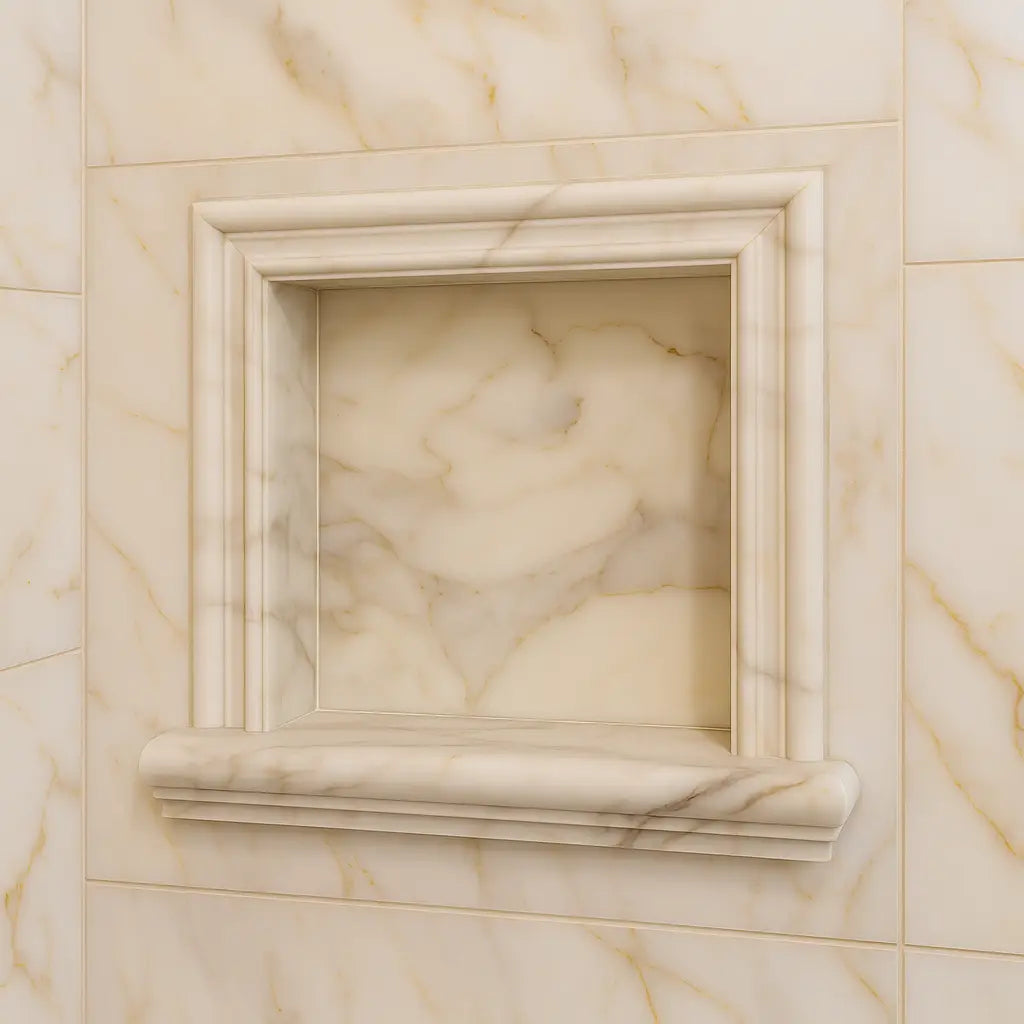 Shampoo Niche
Shampoo Niche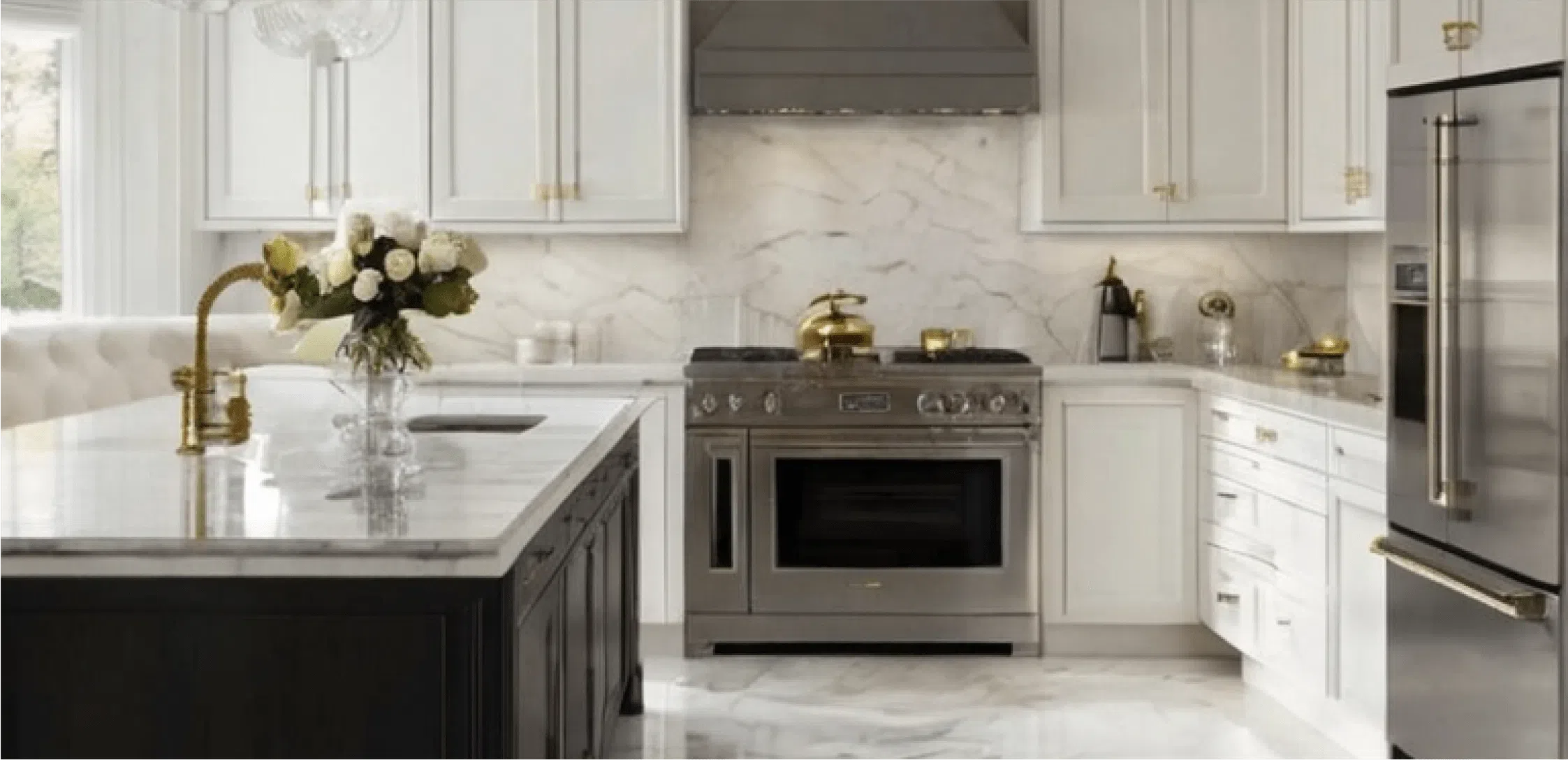 Corner Shelf
Corner Shelf Clearance
Clearance





Leave a comment